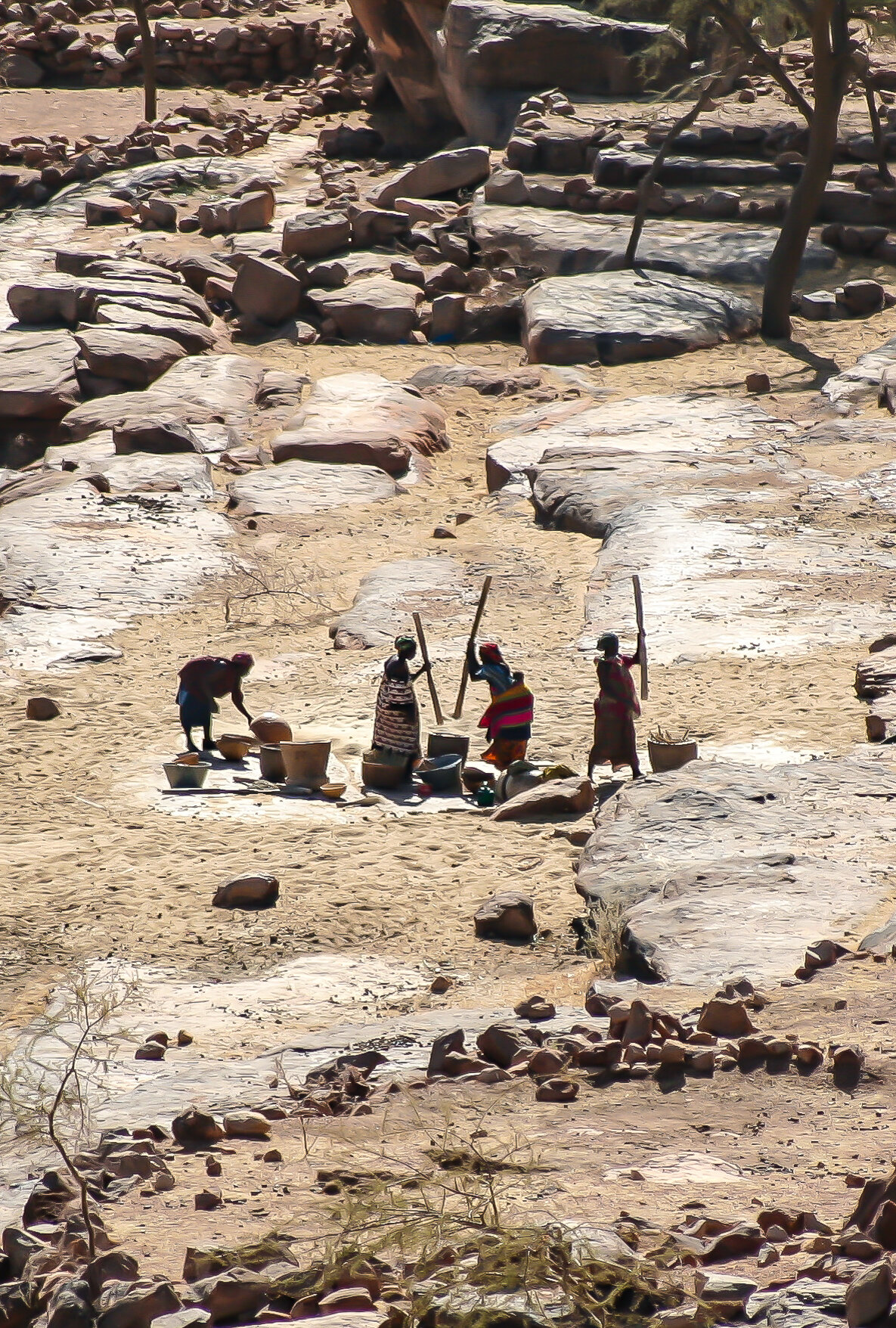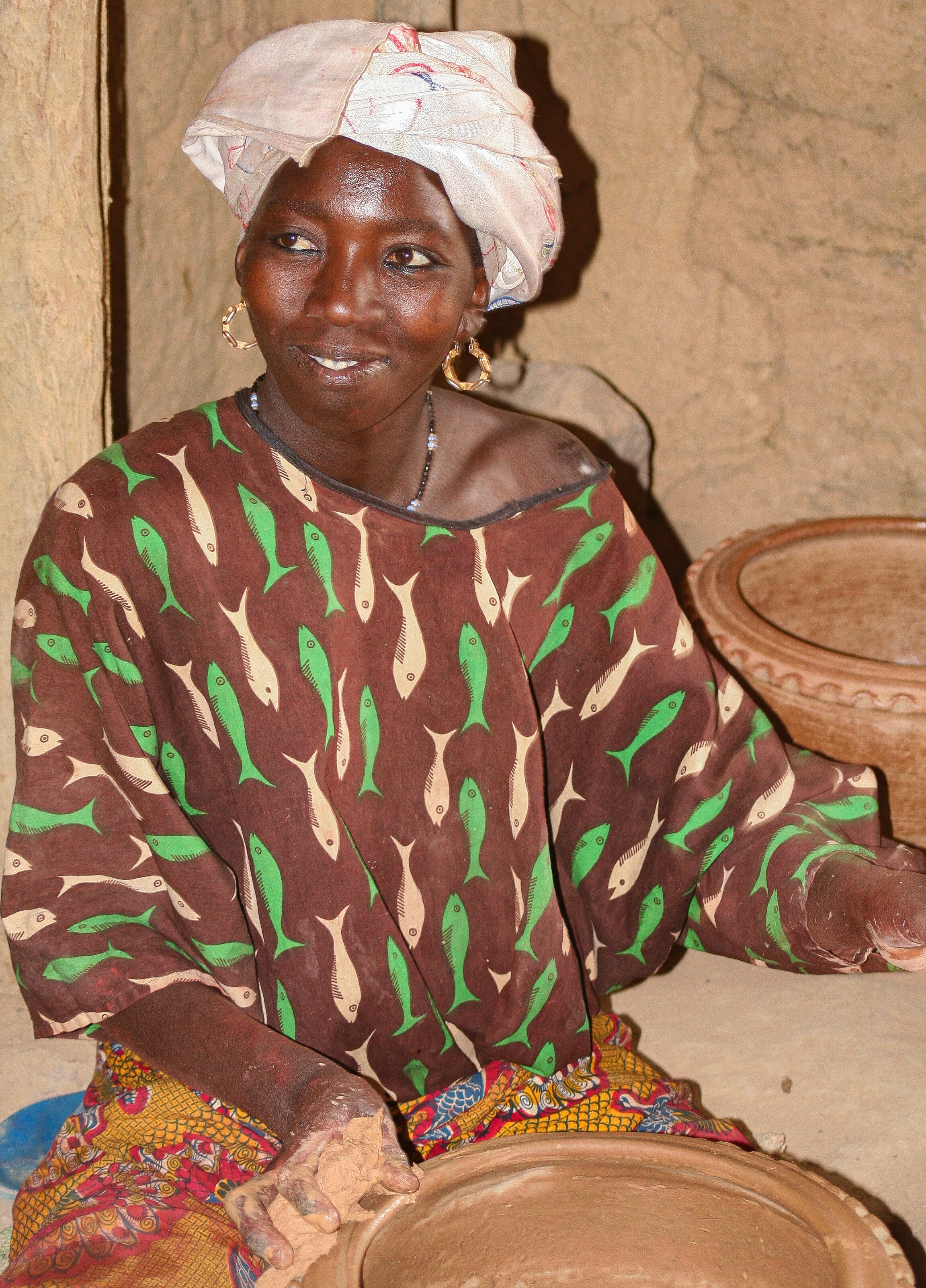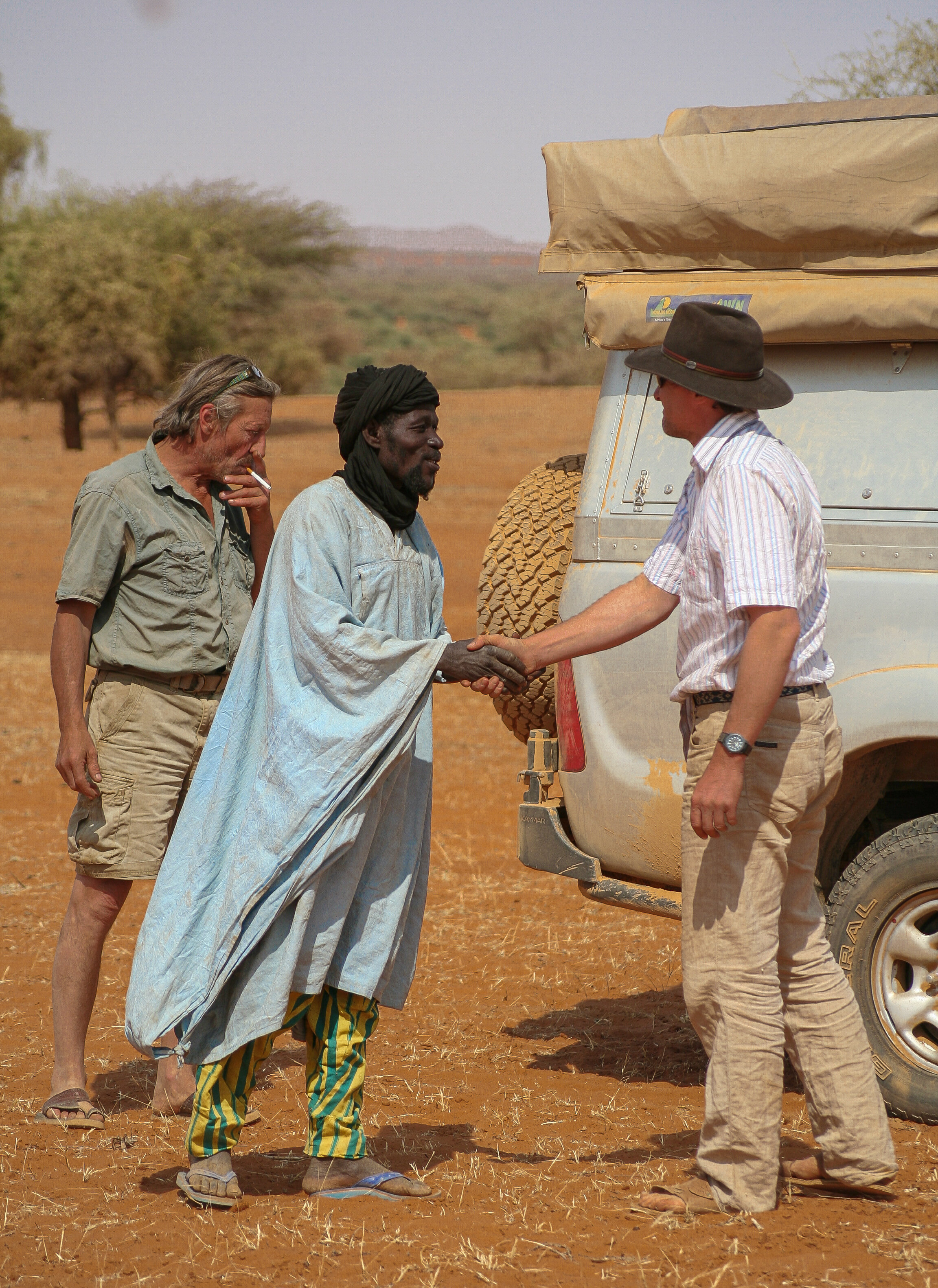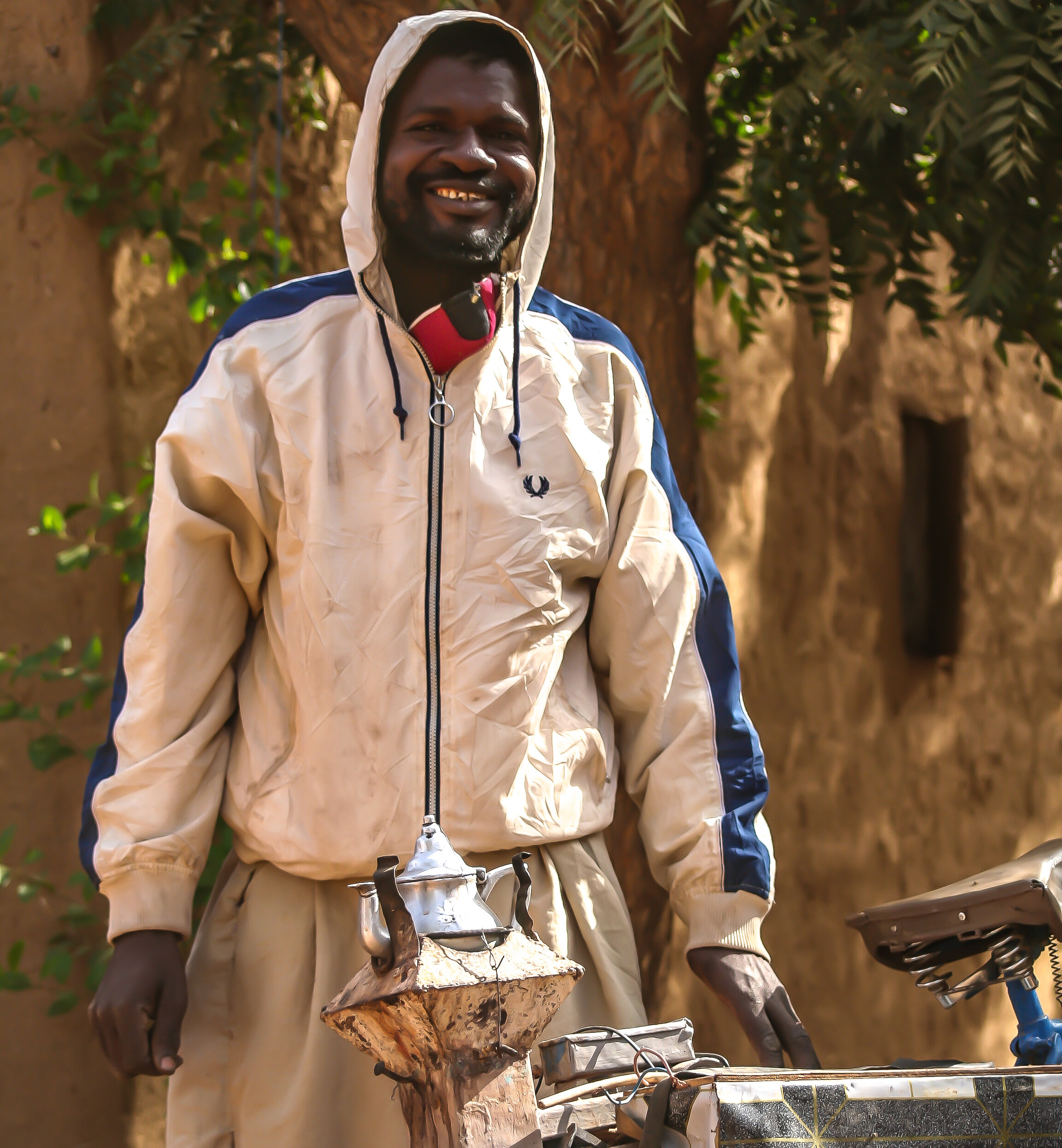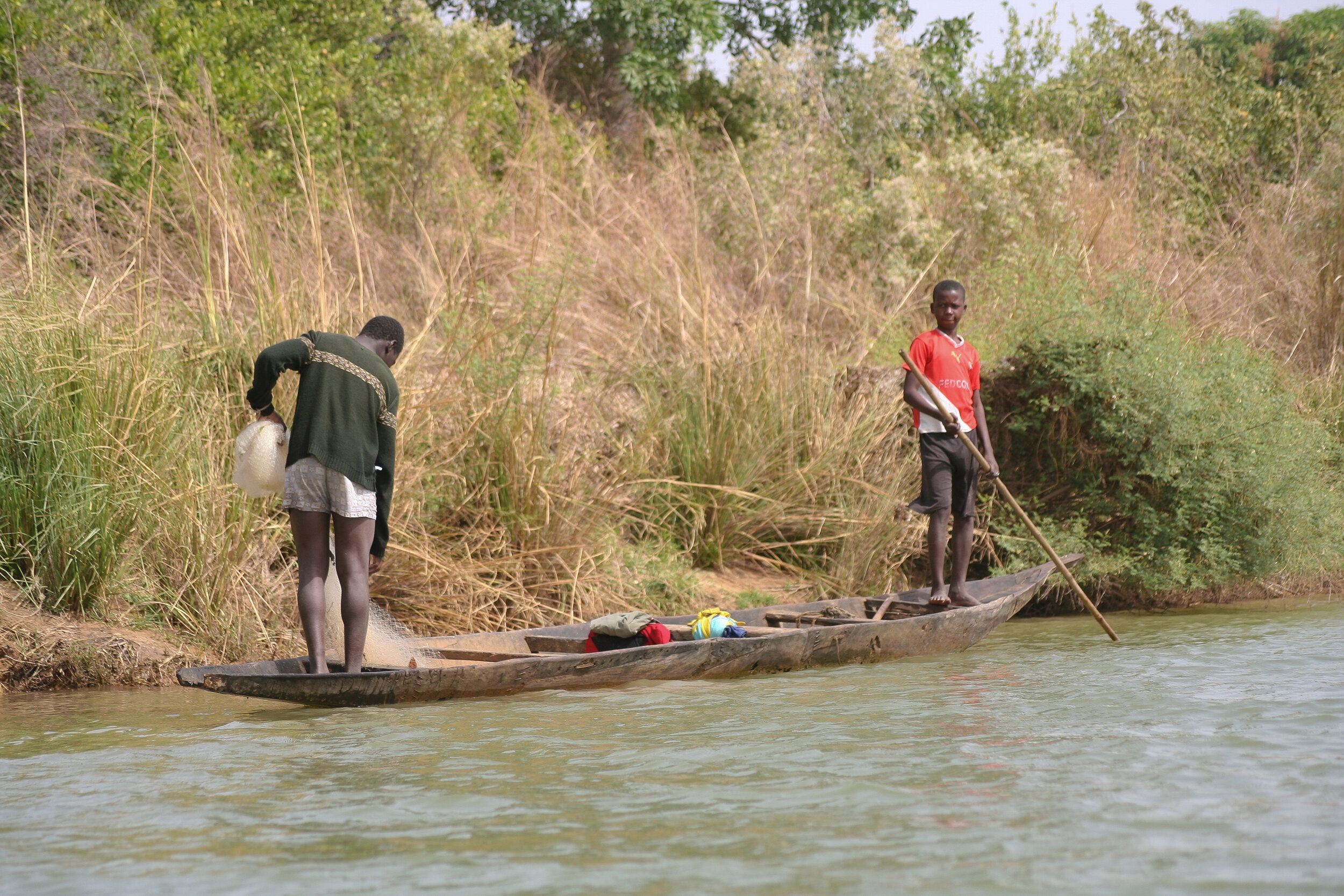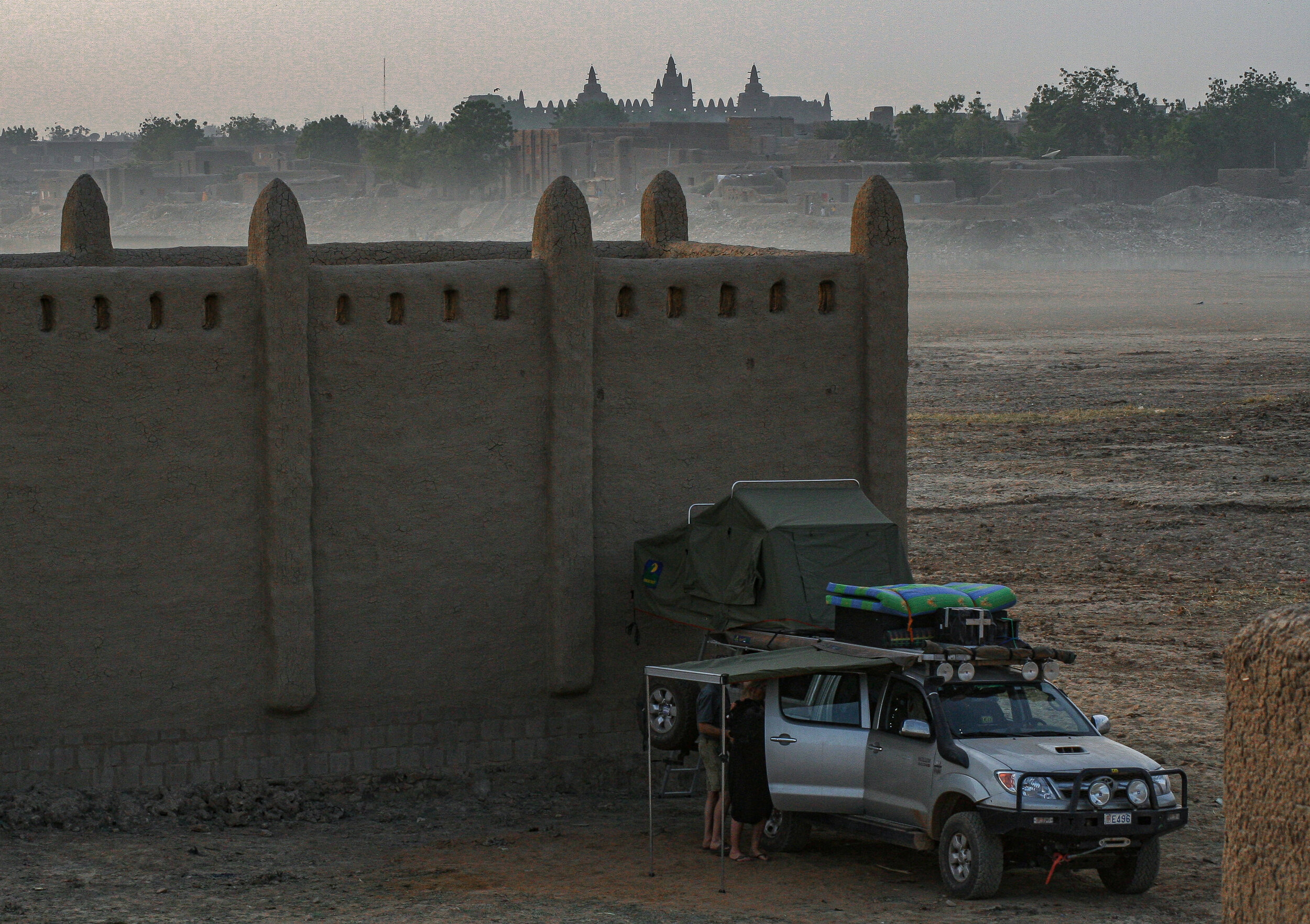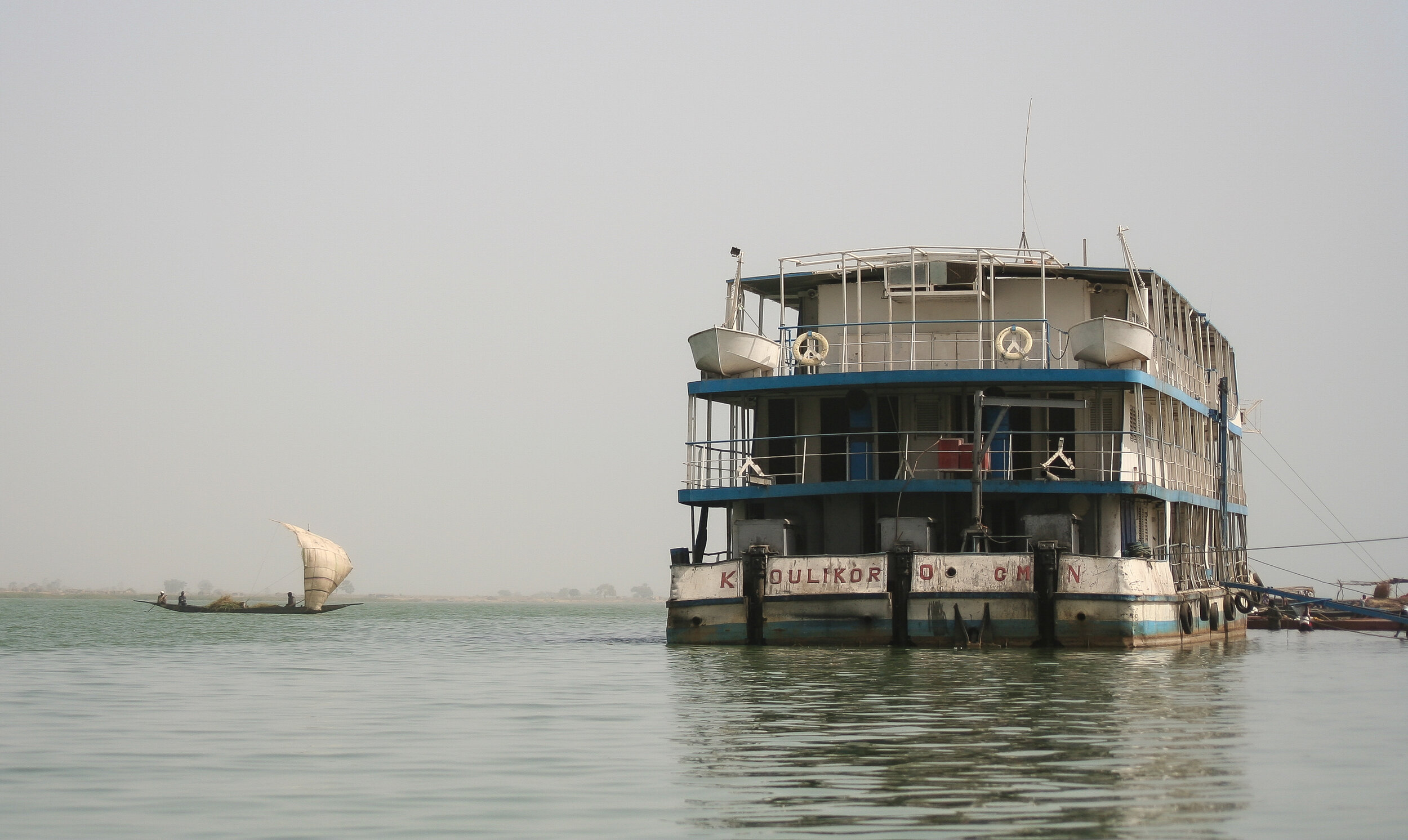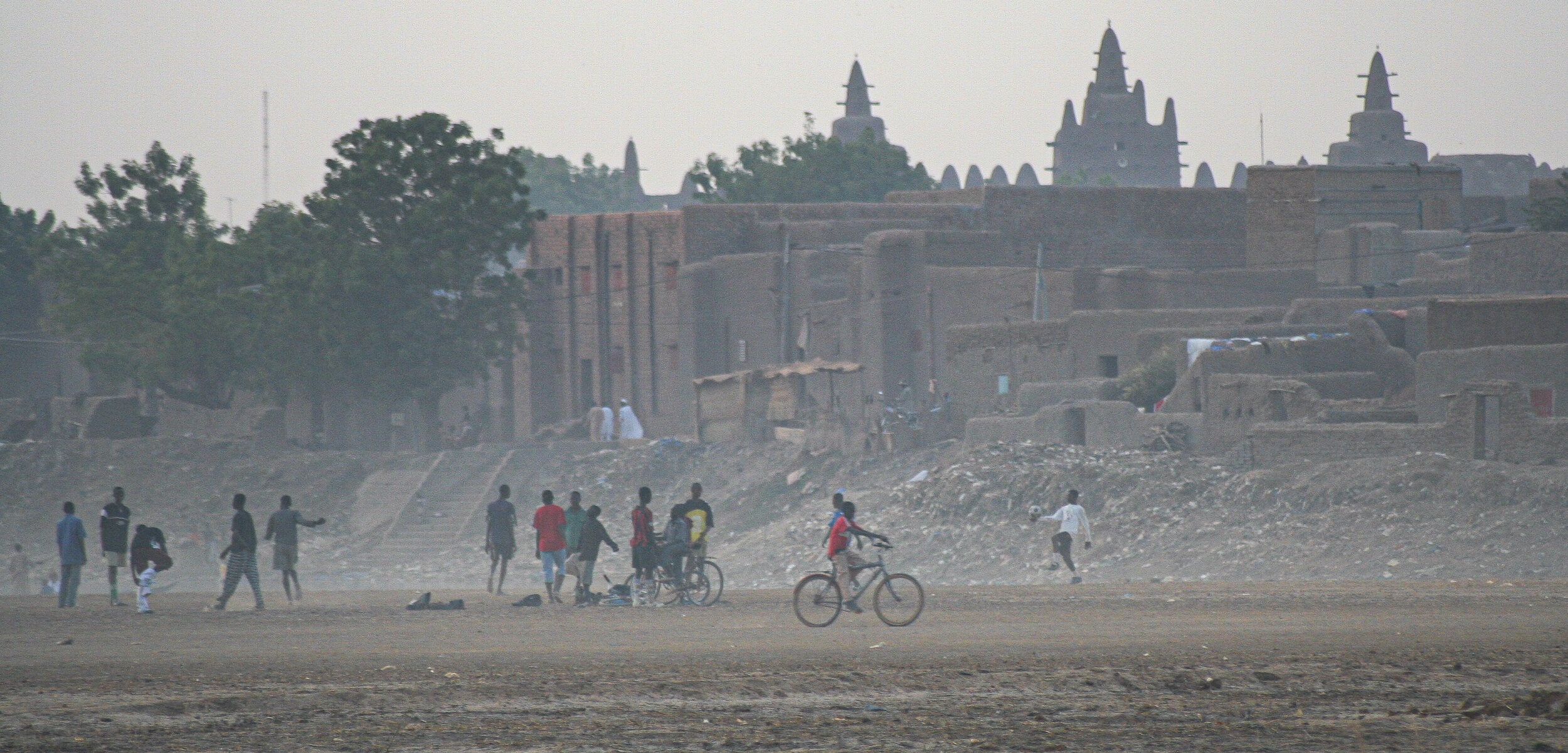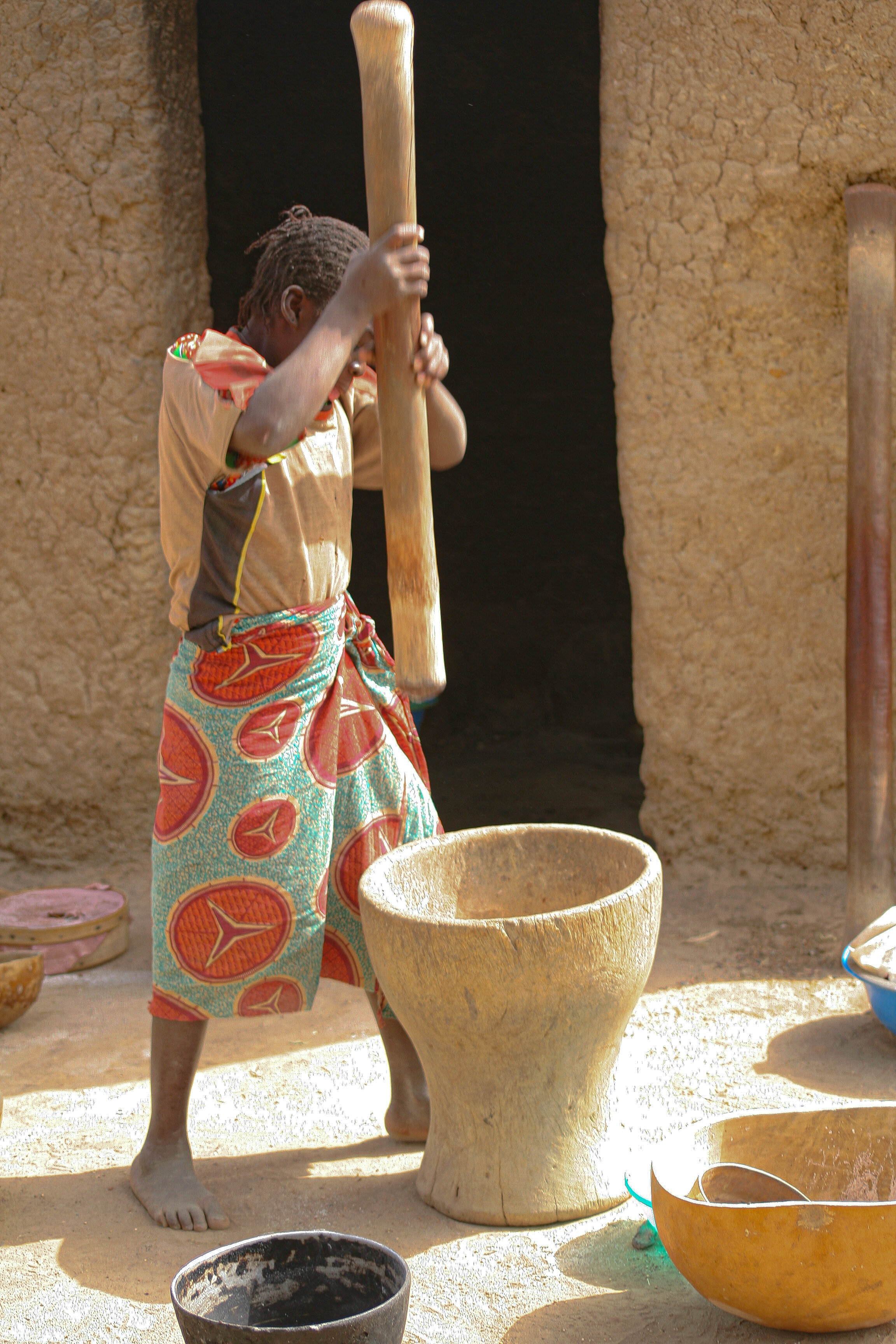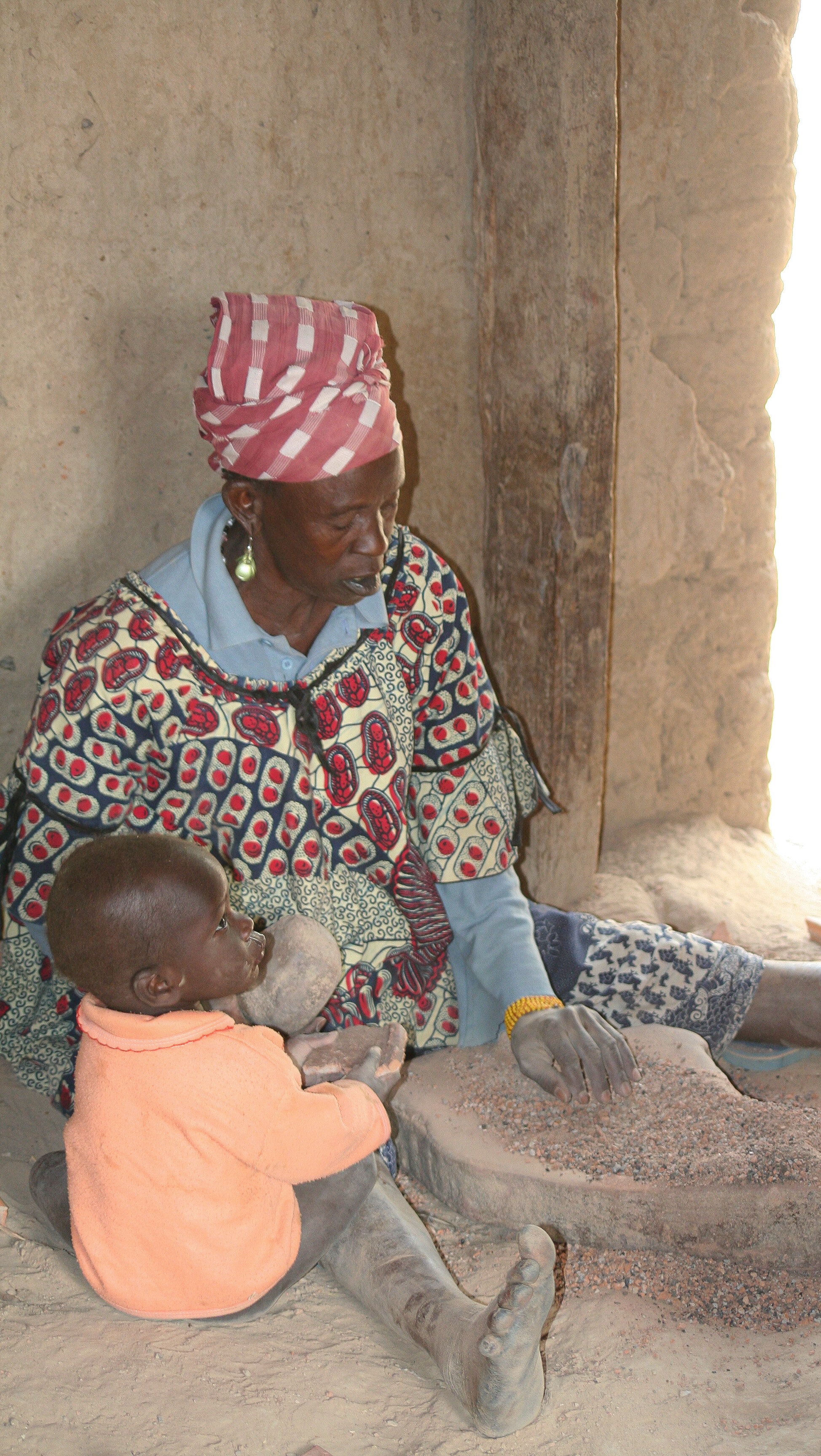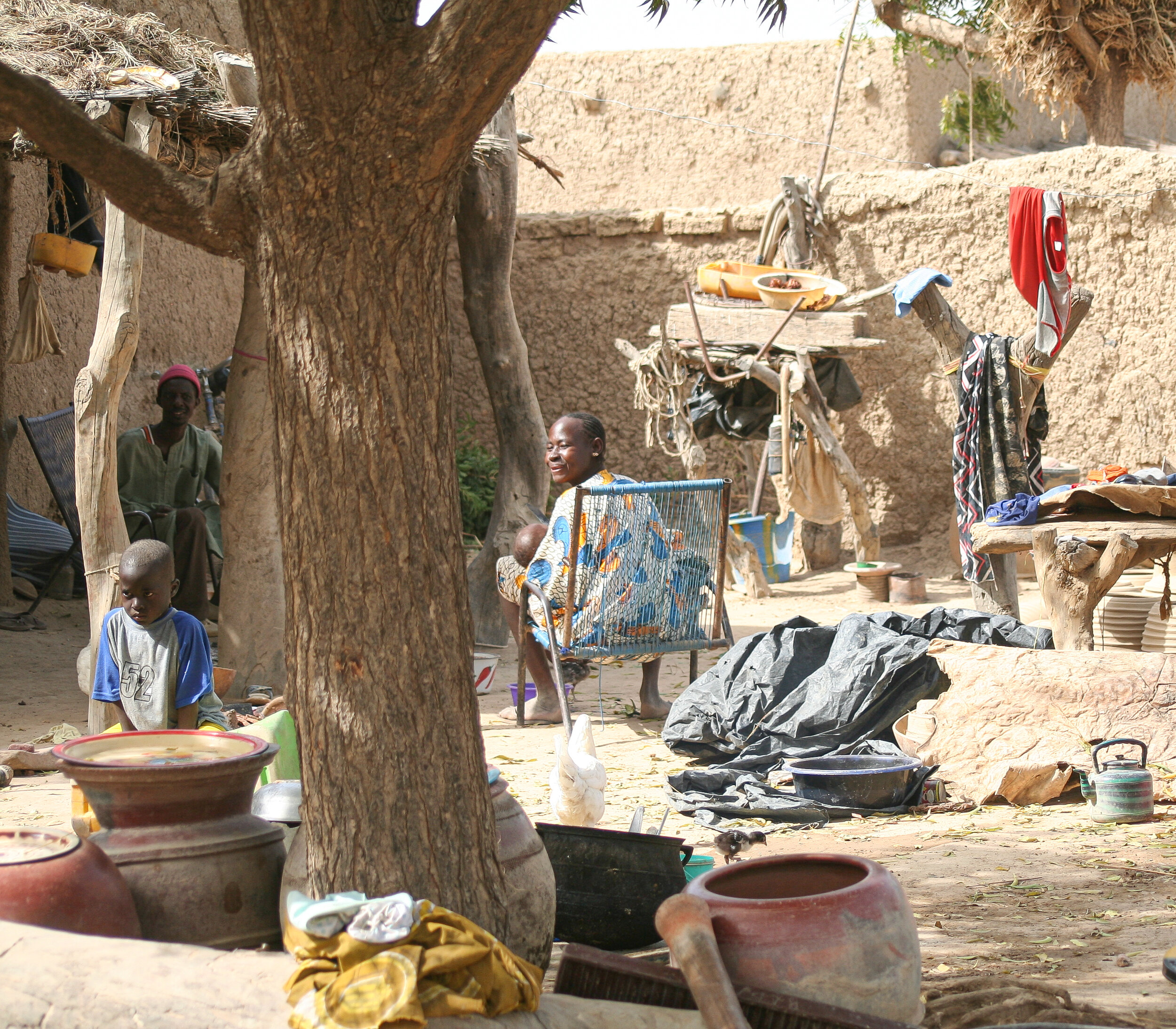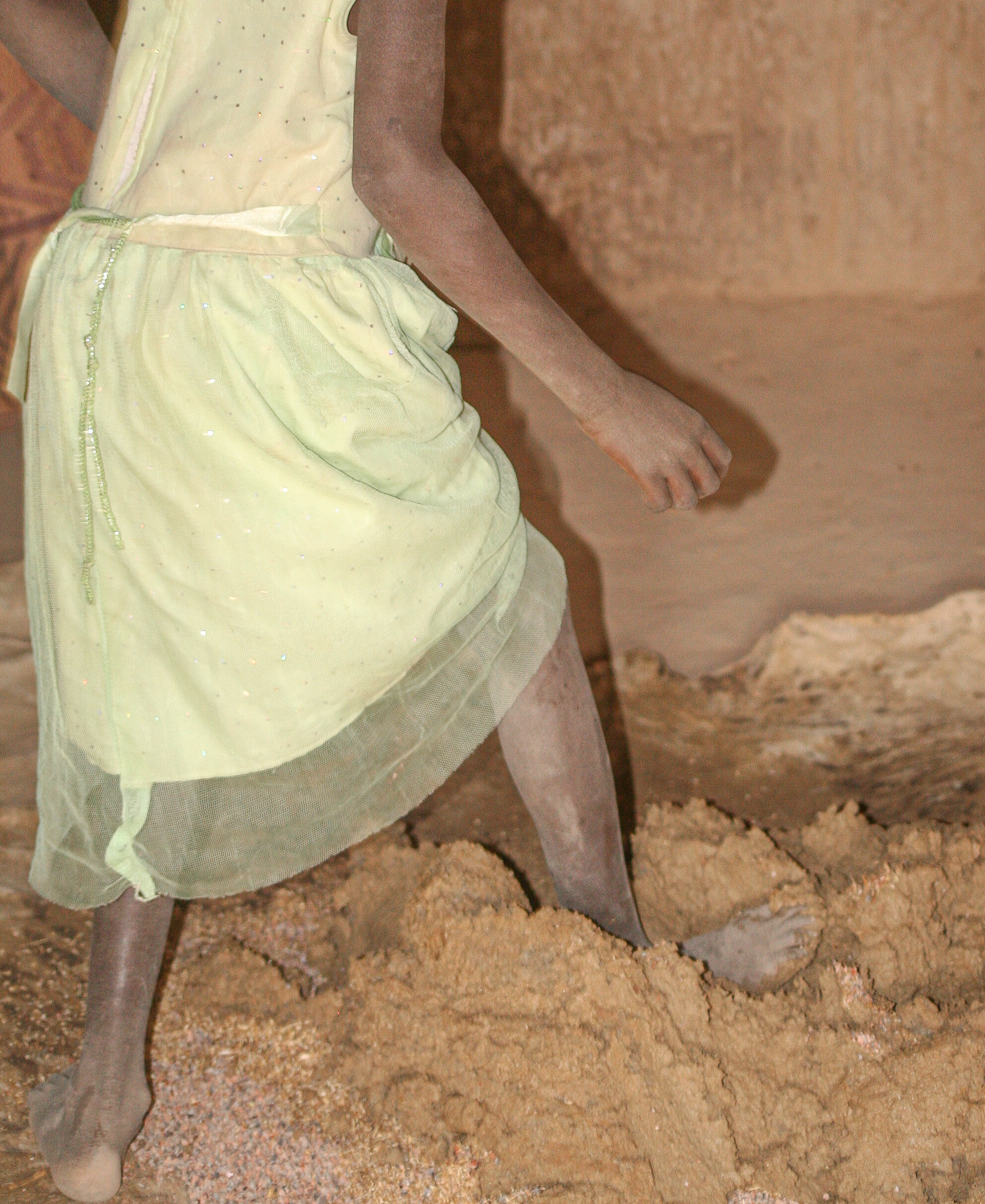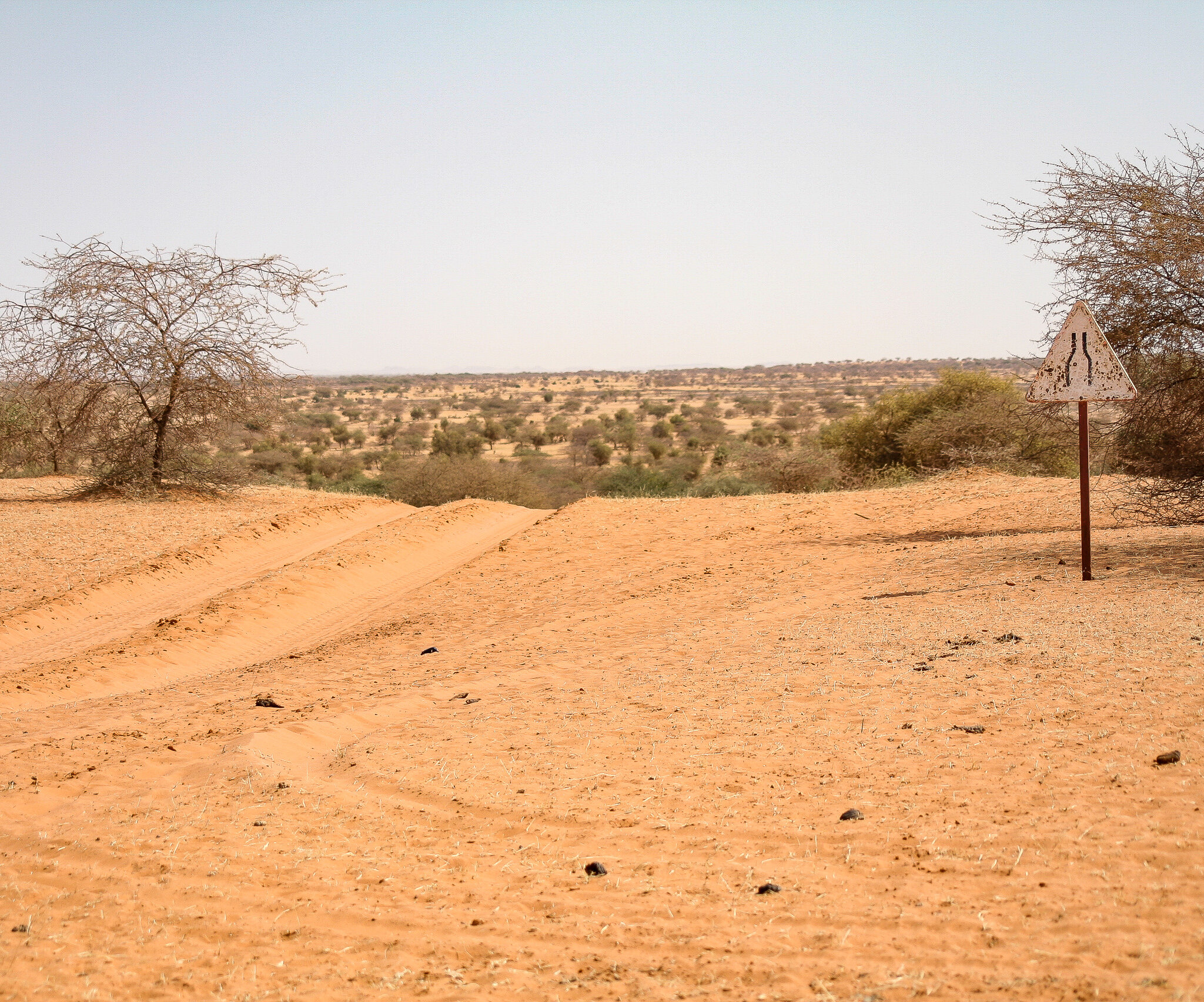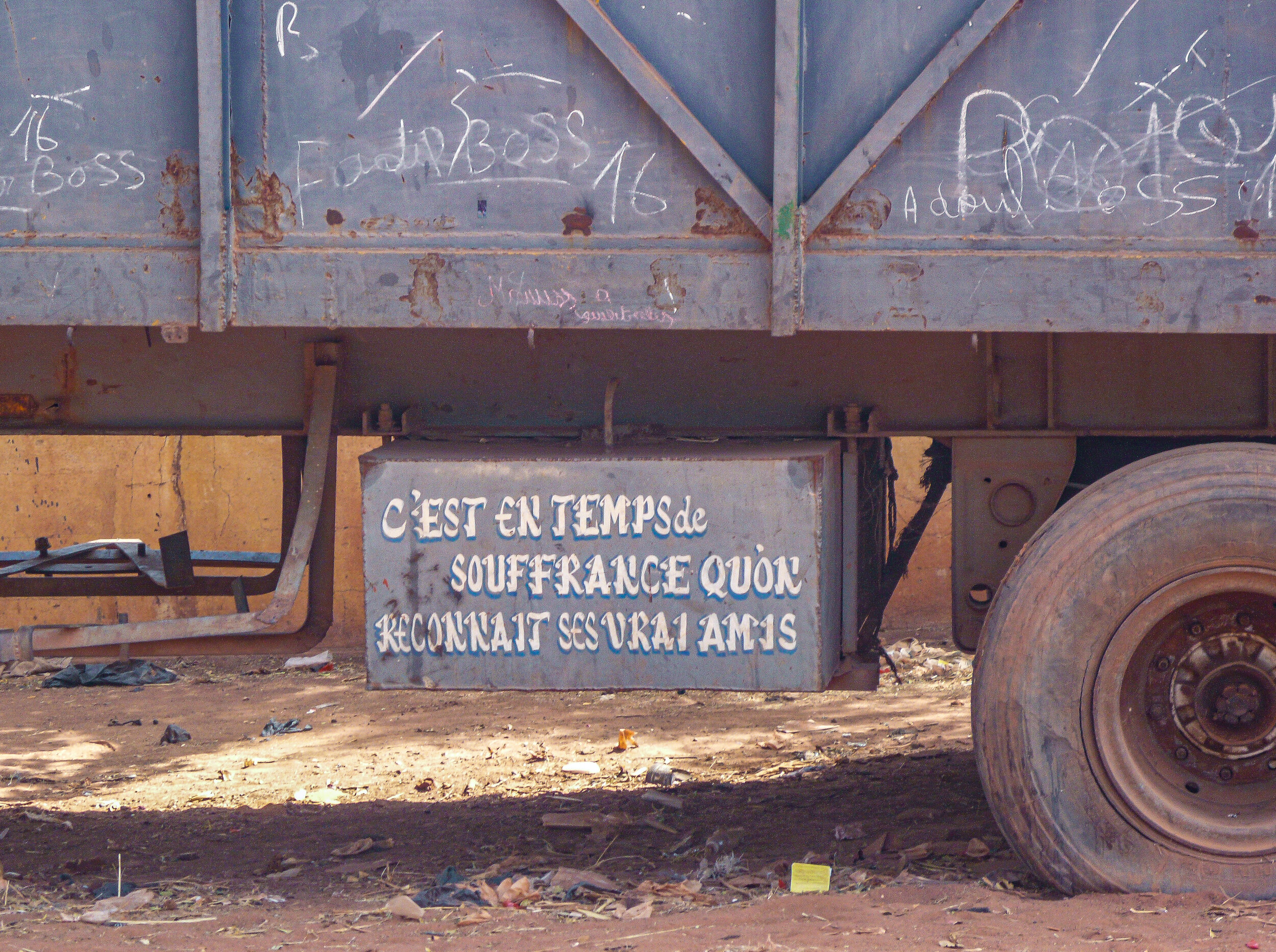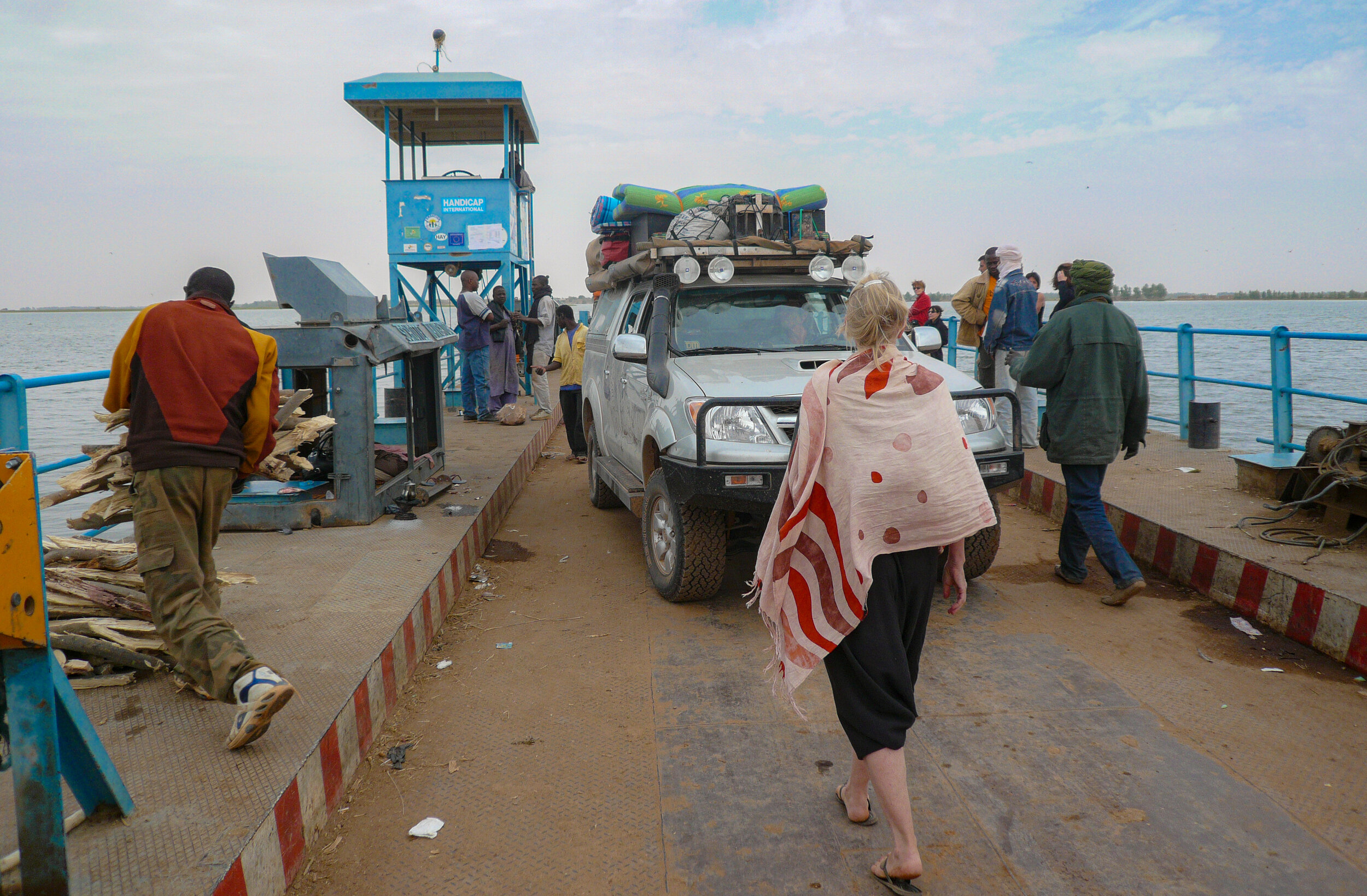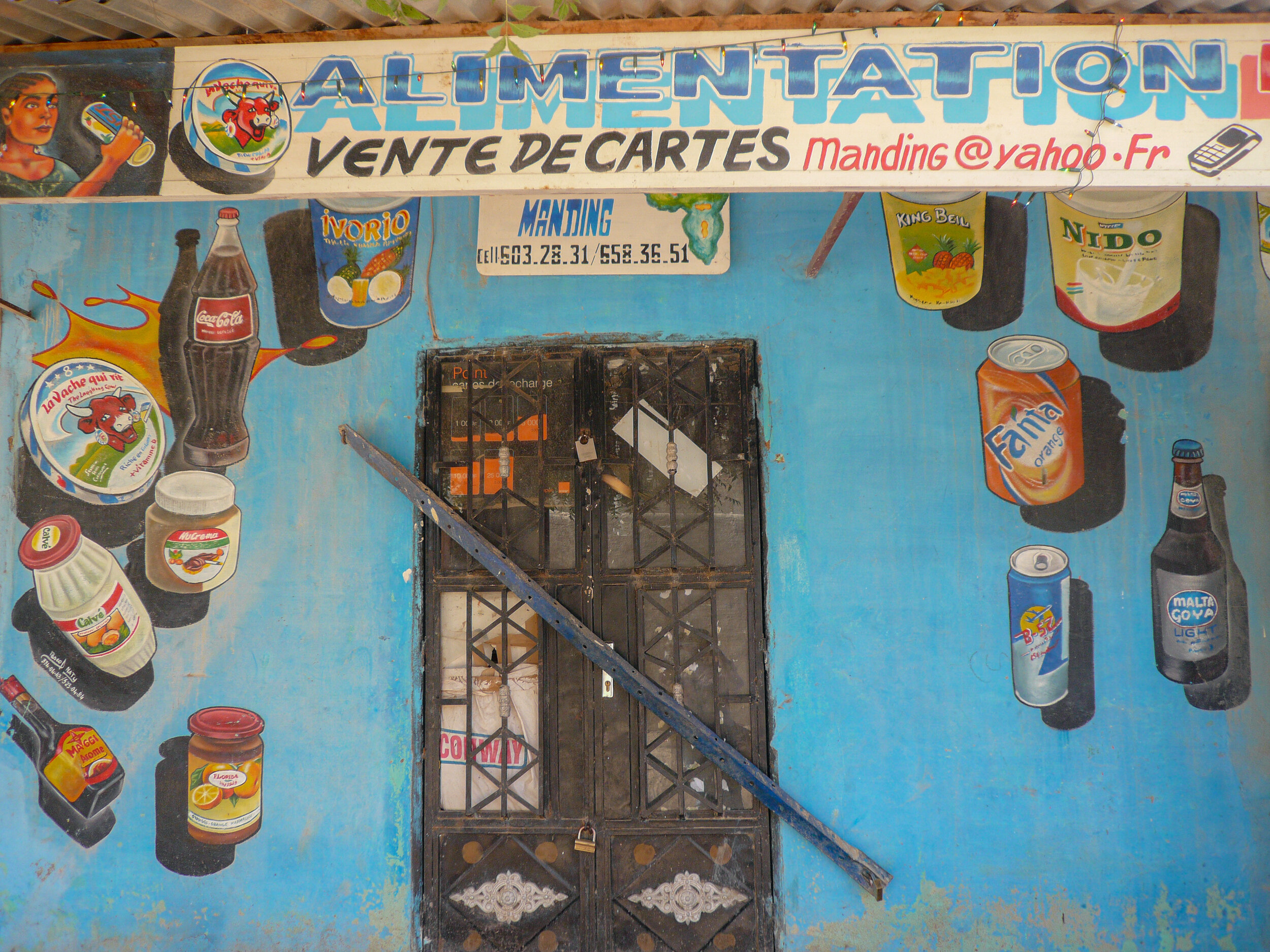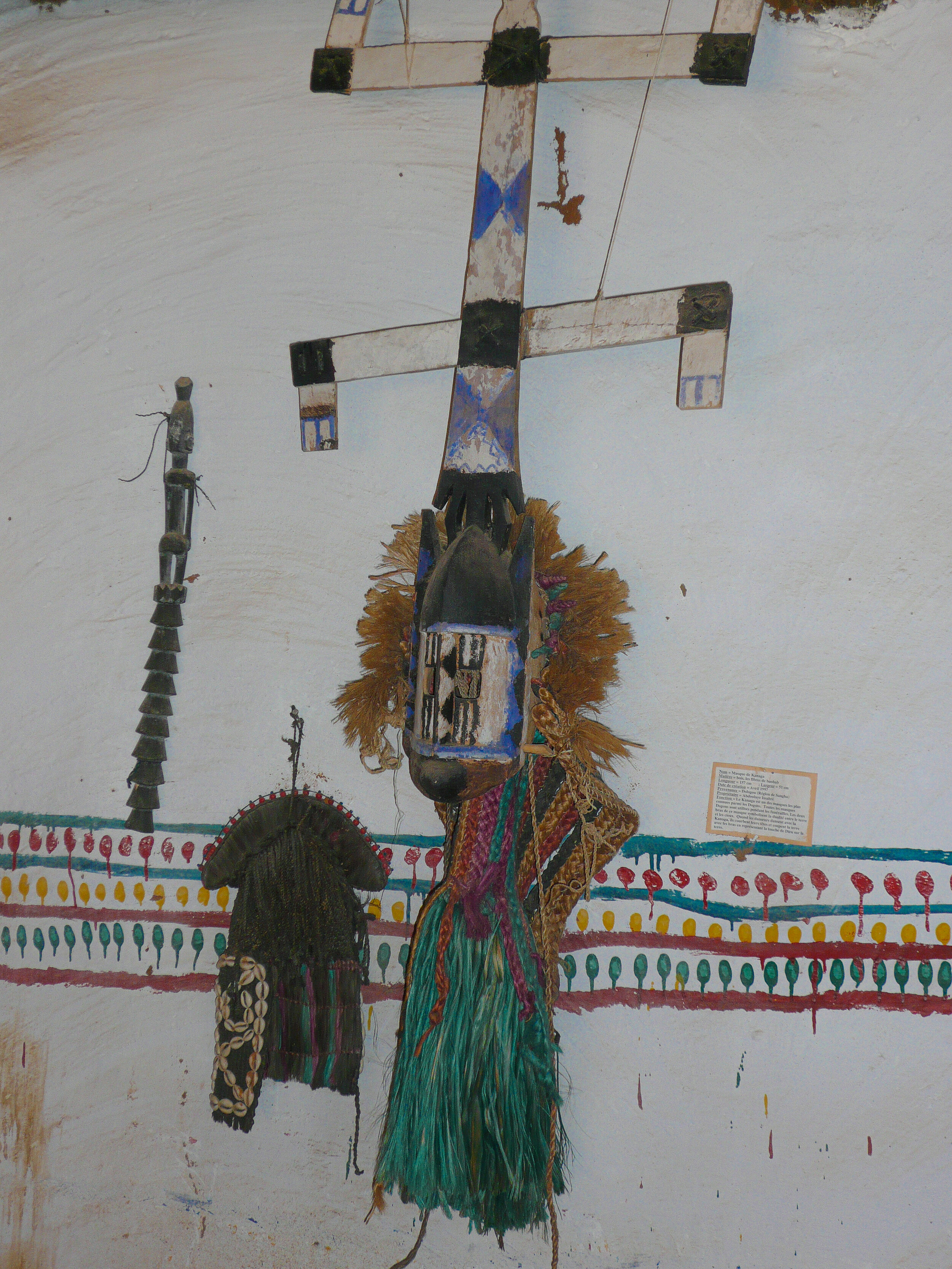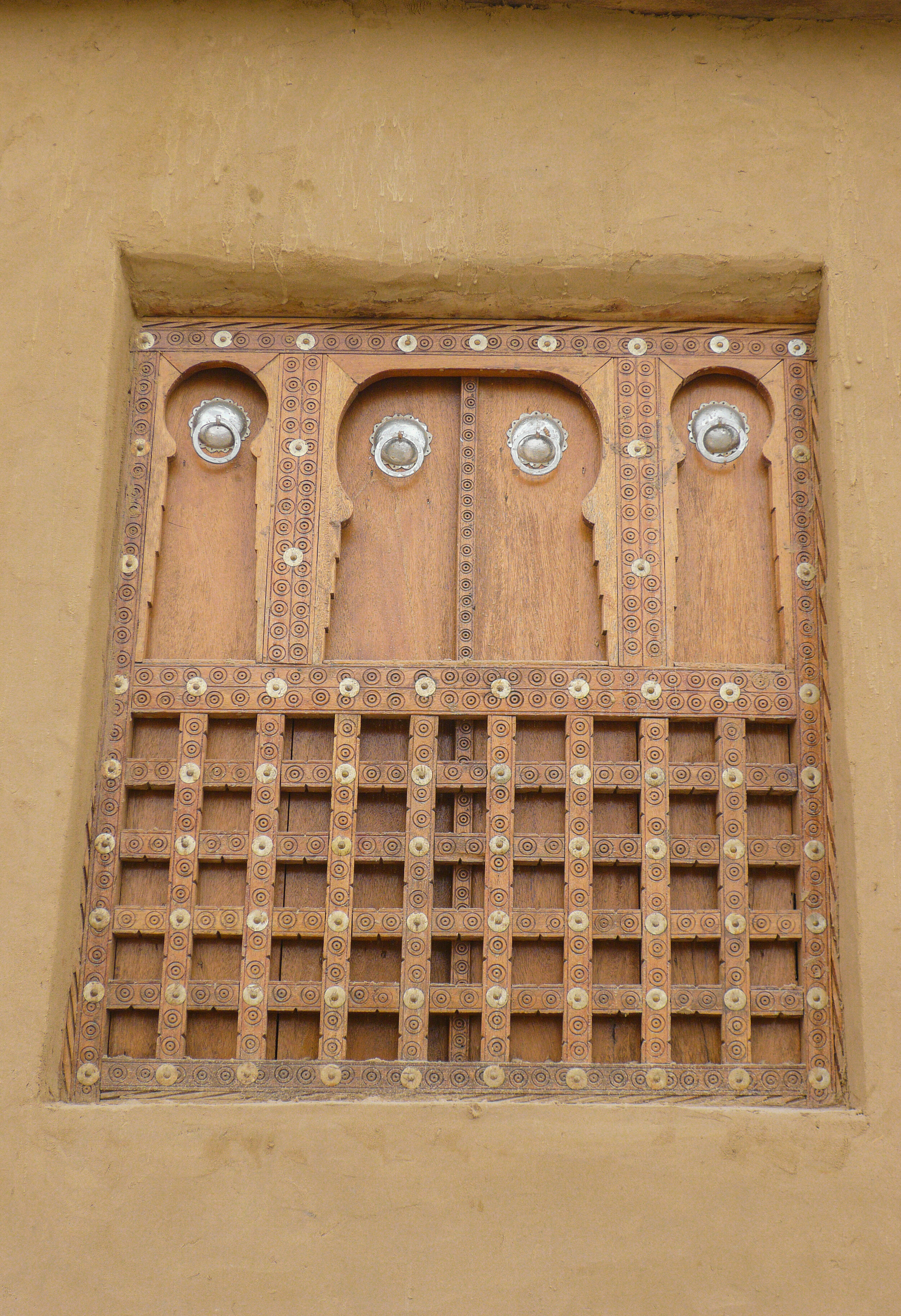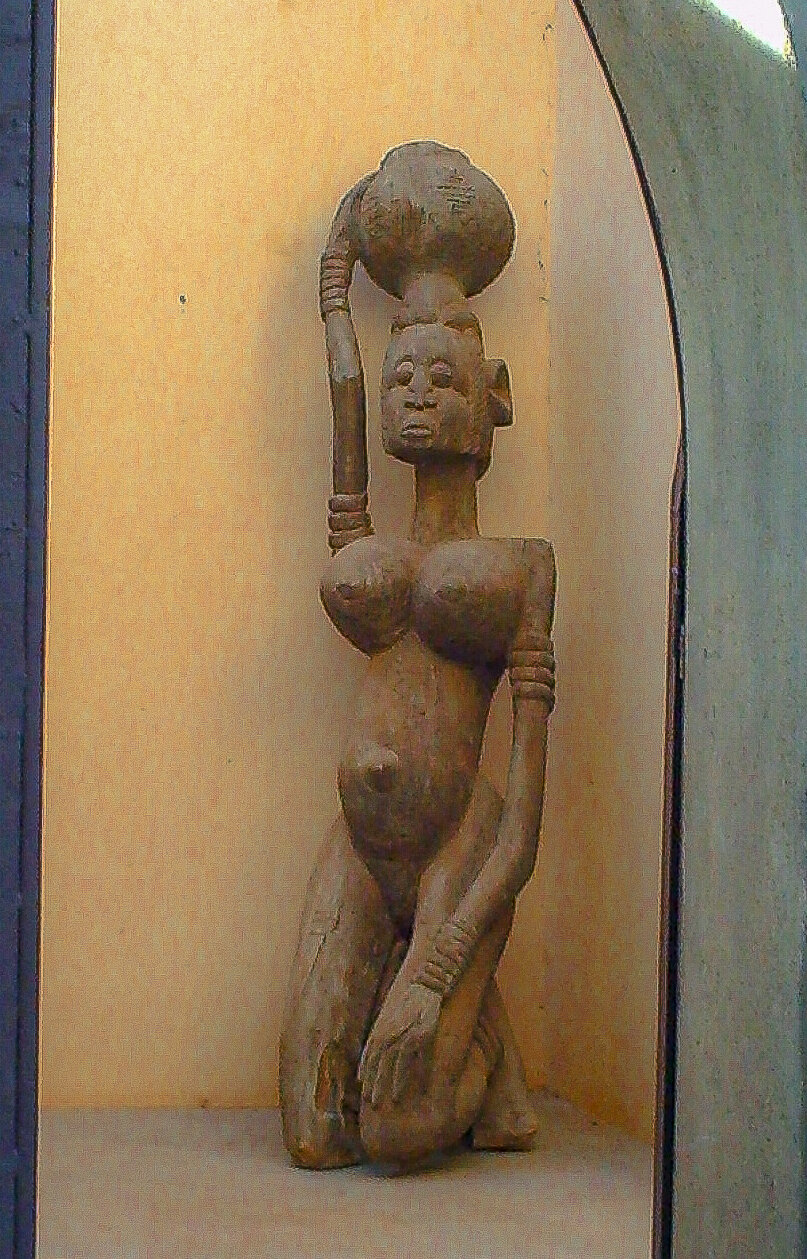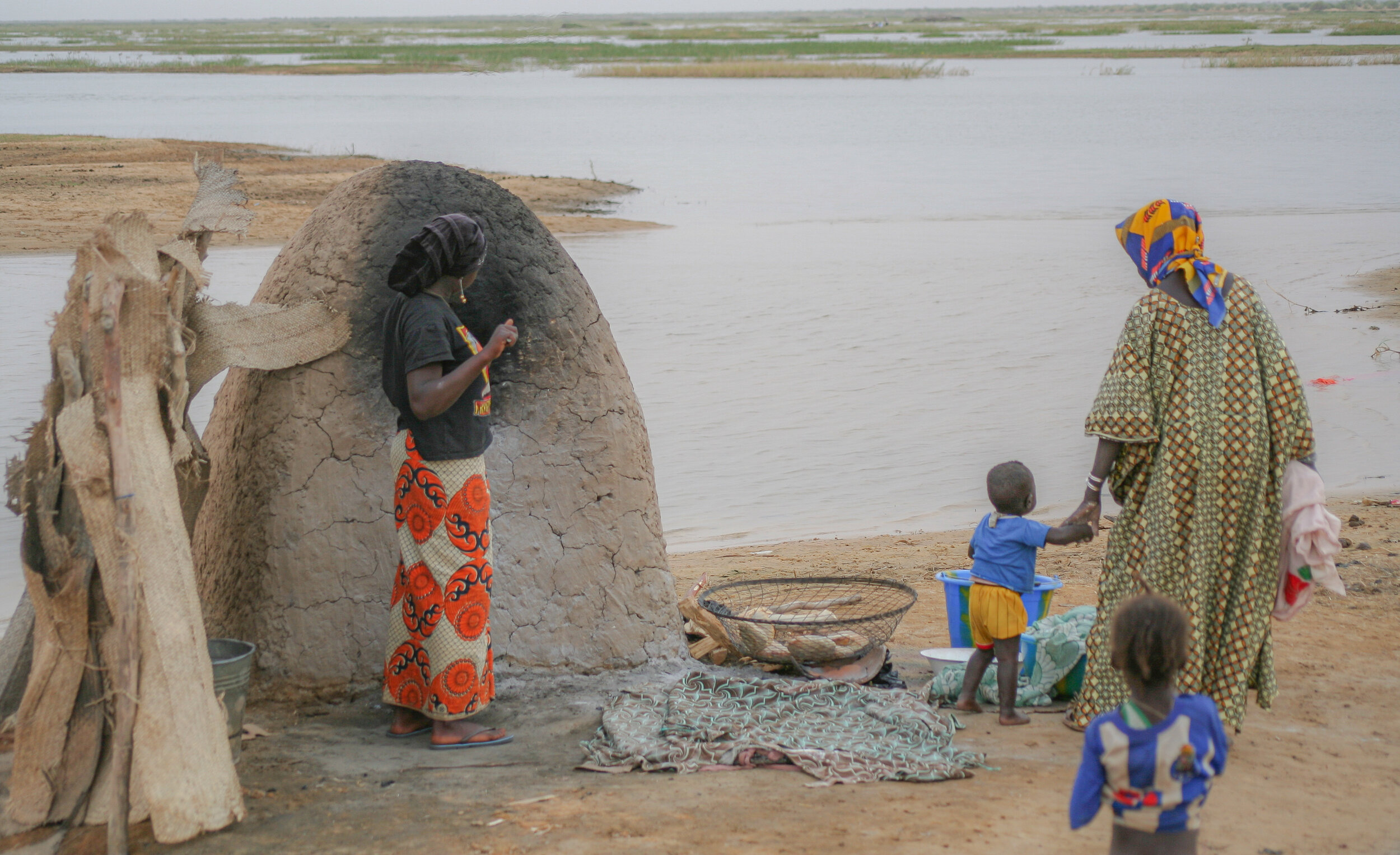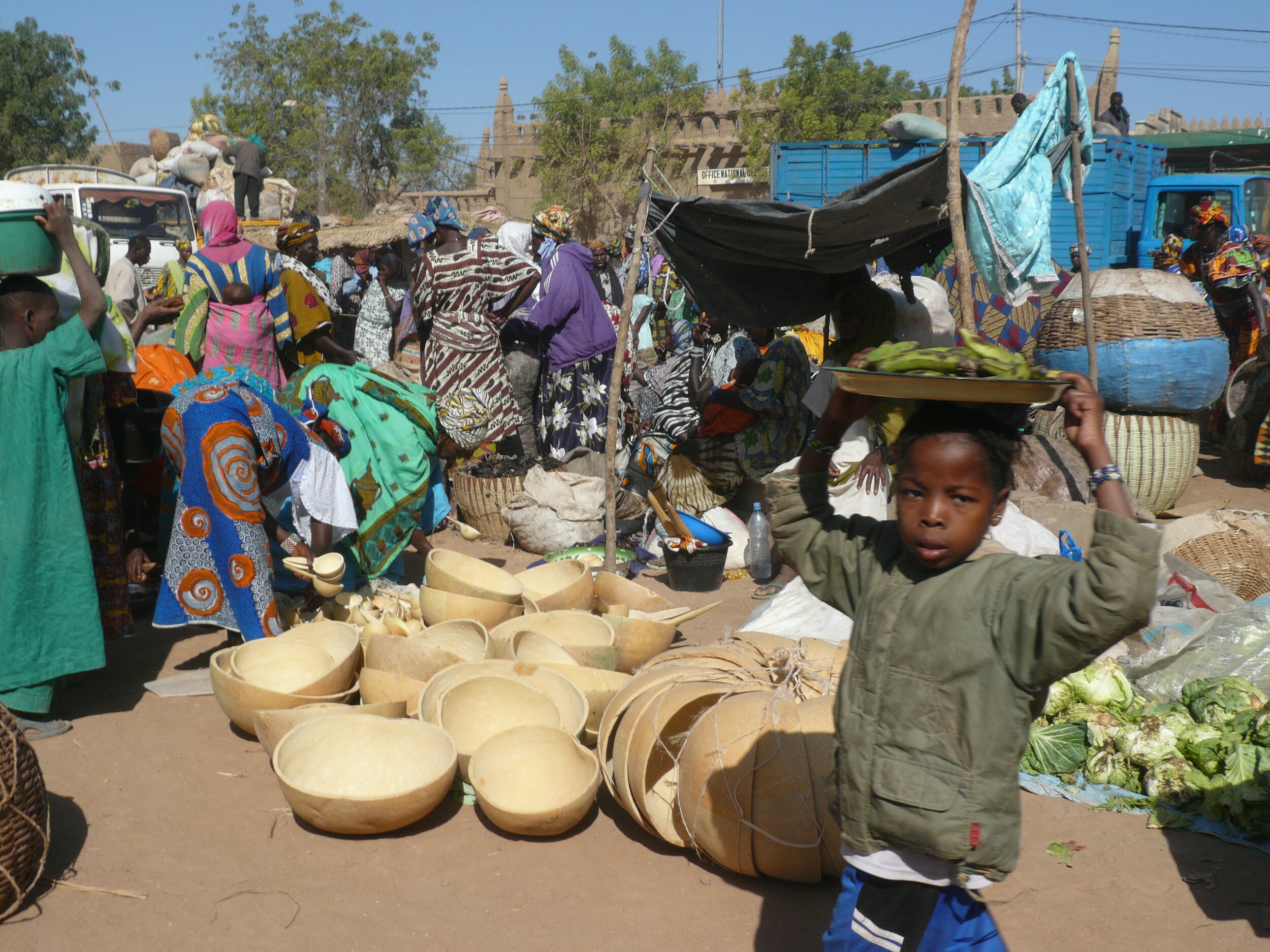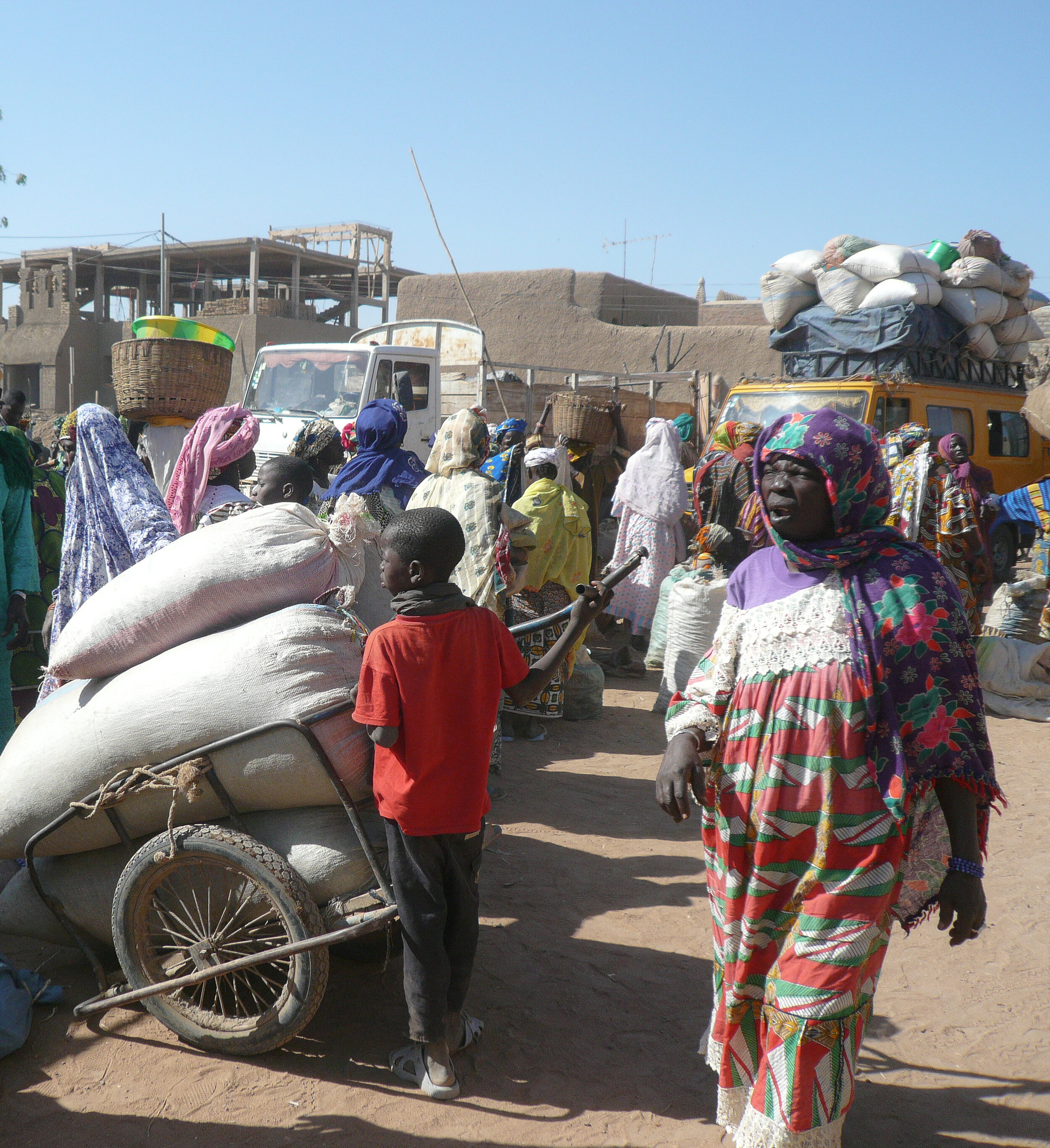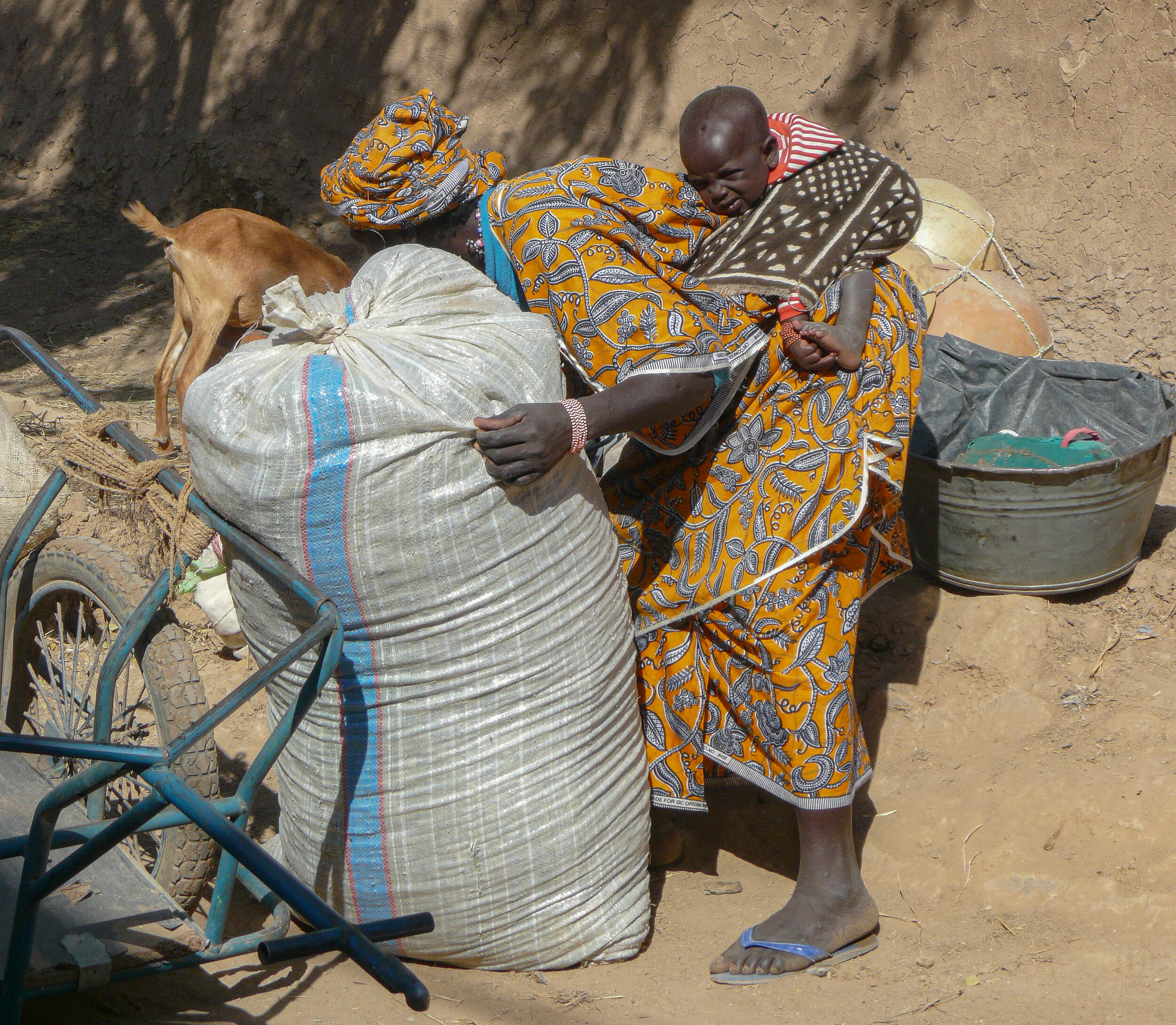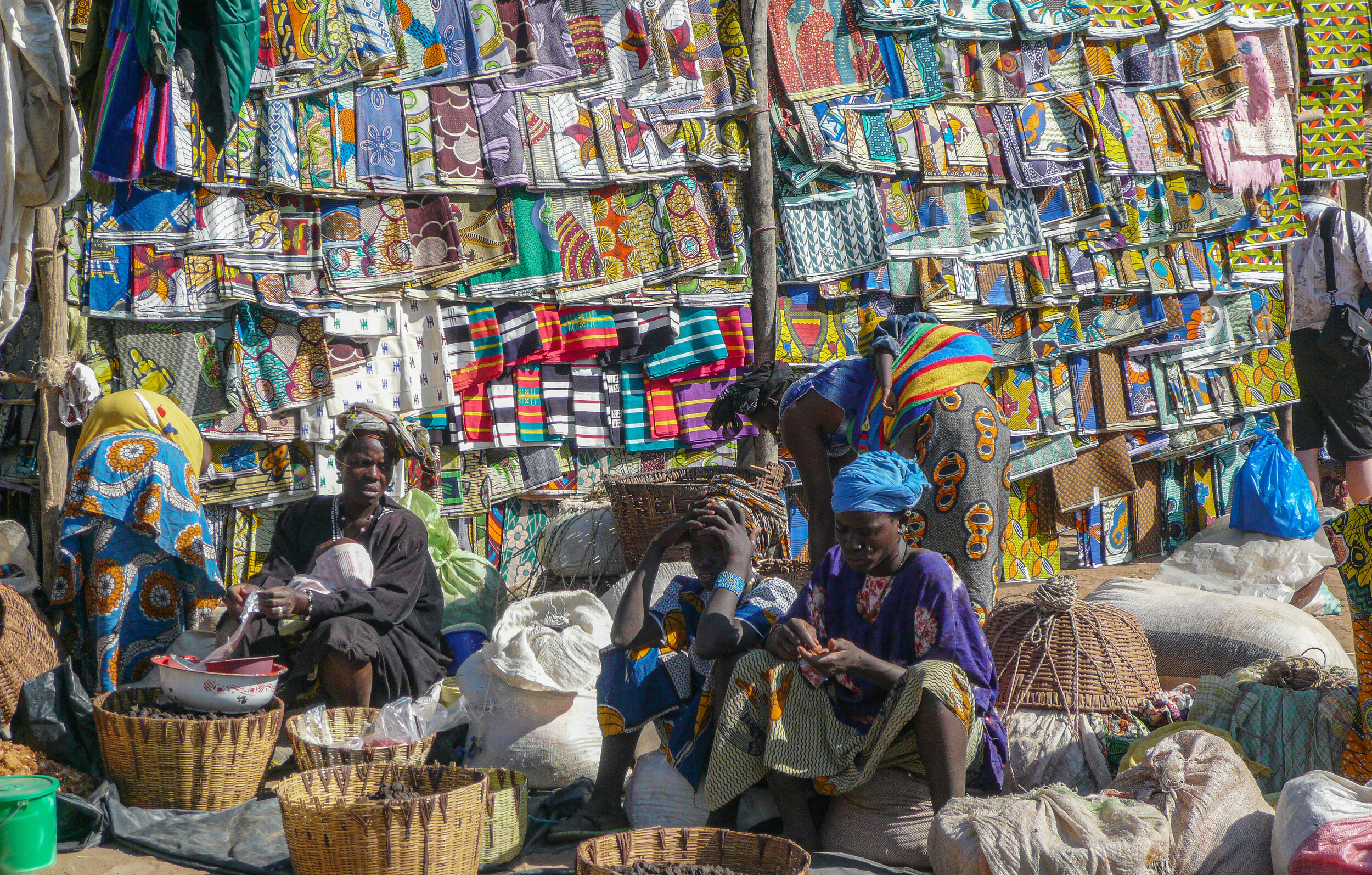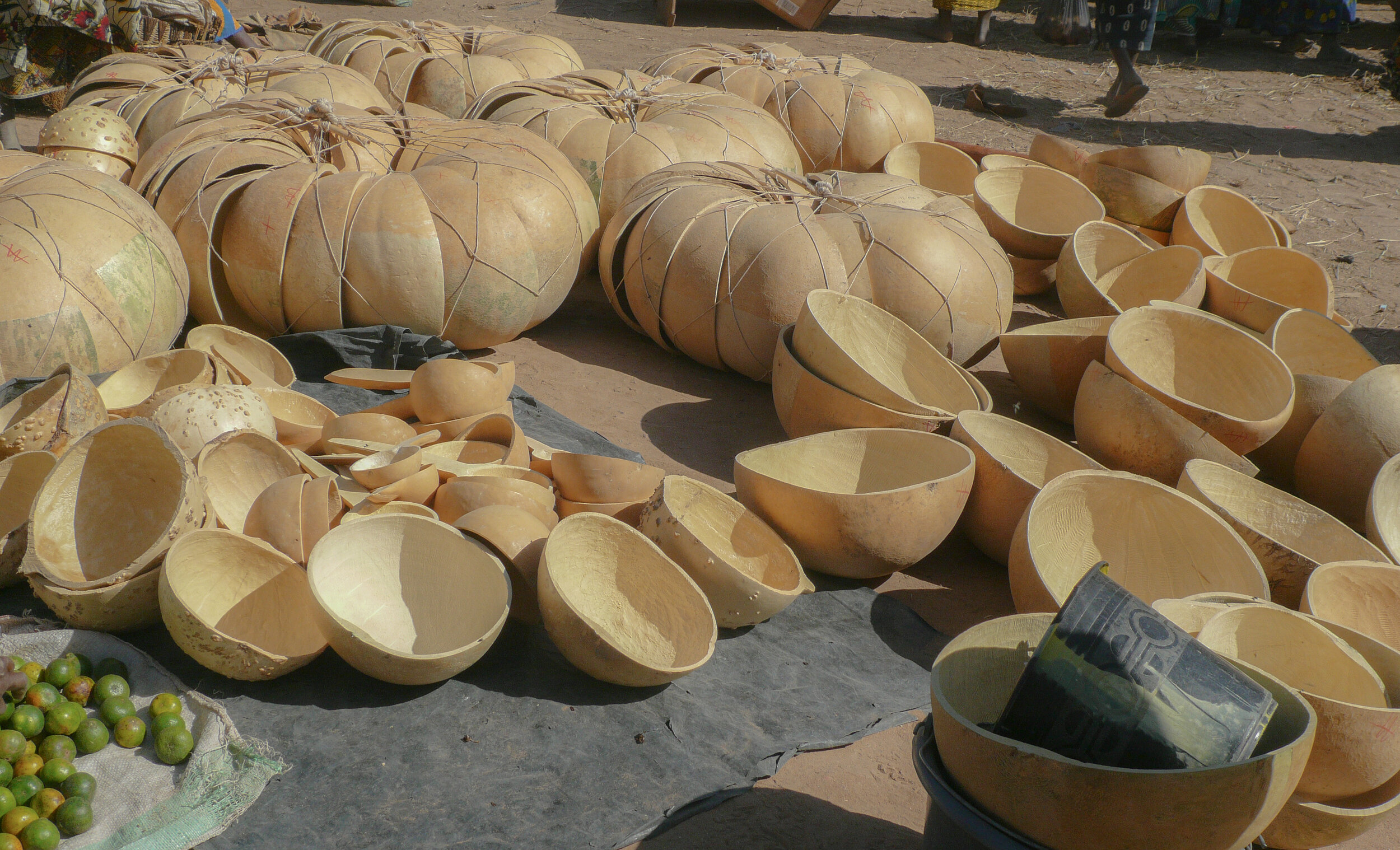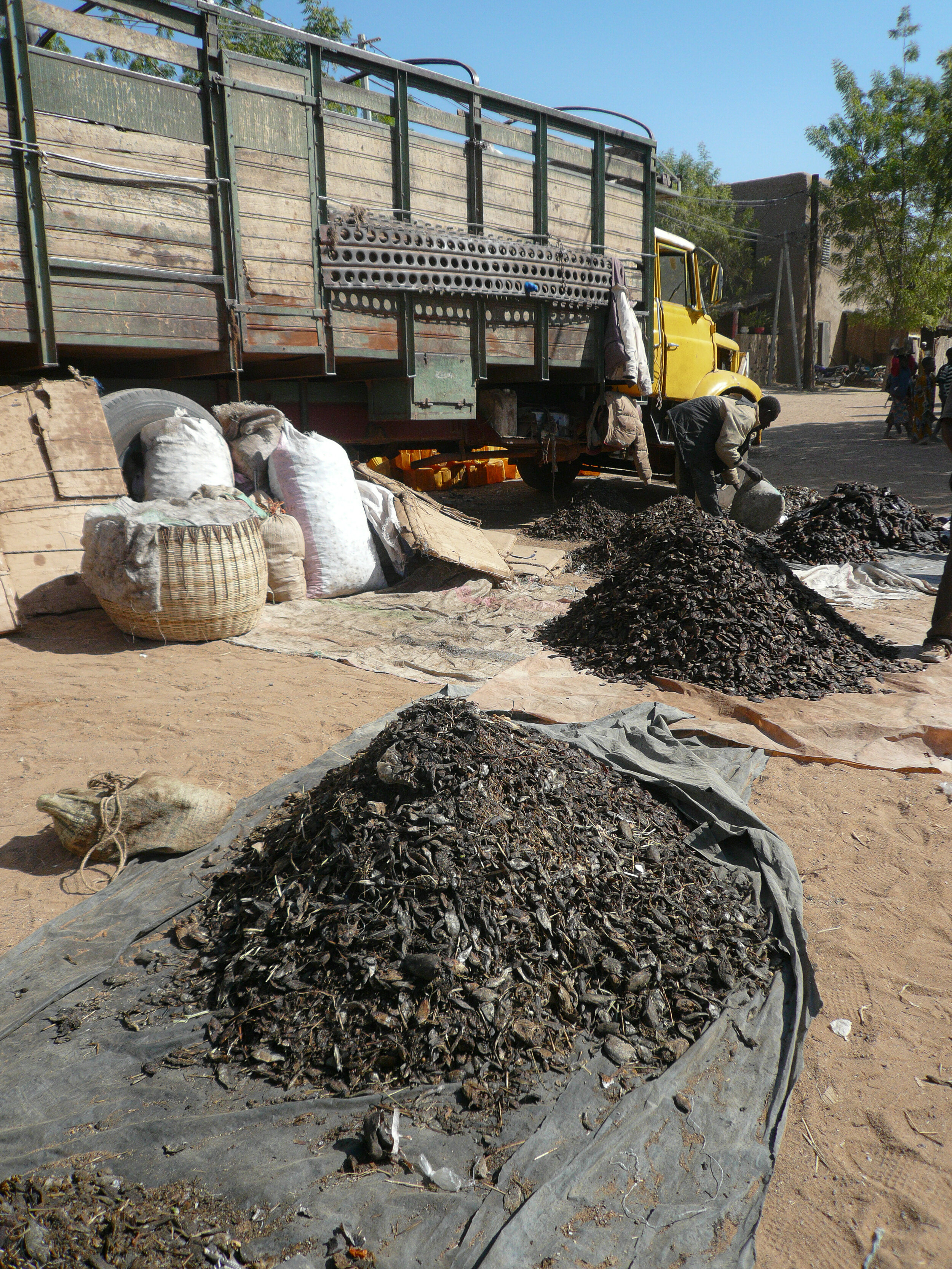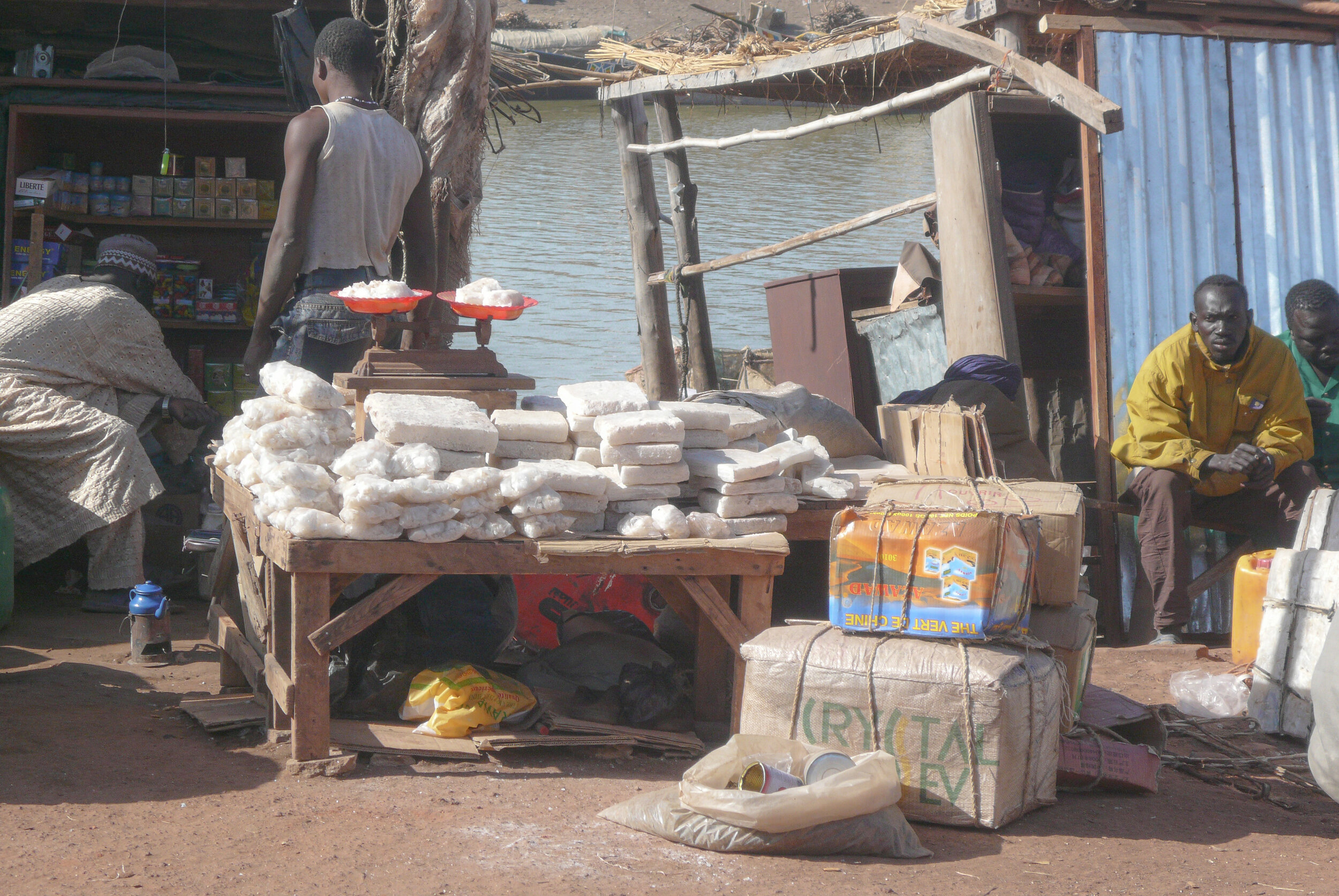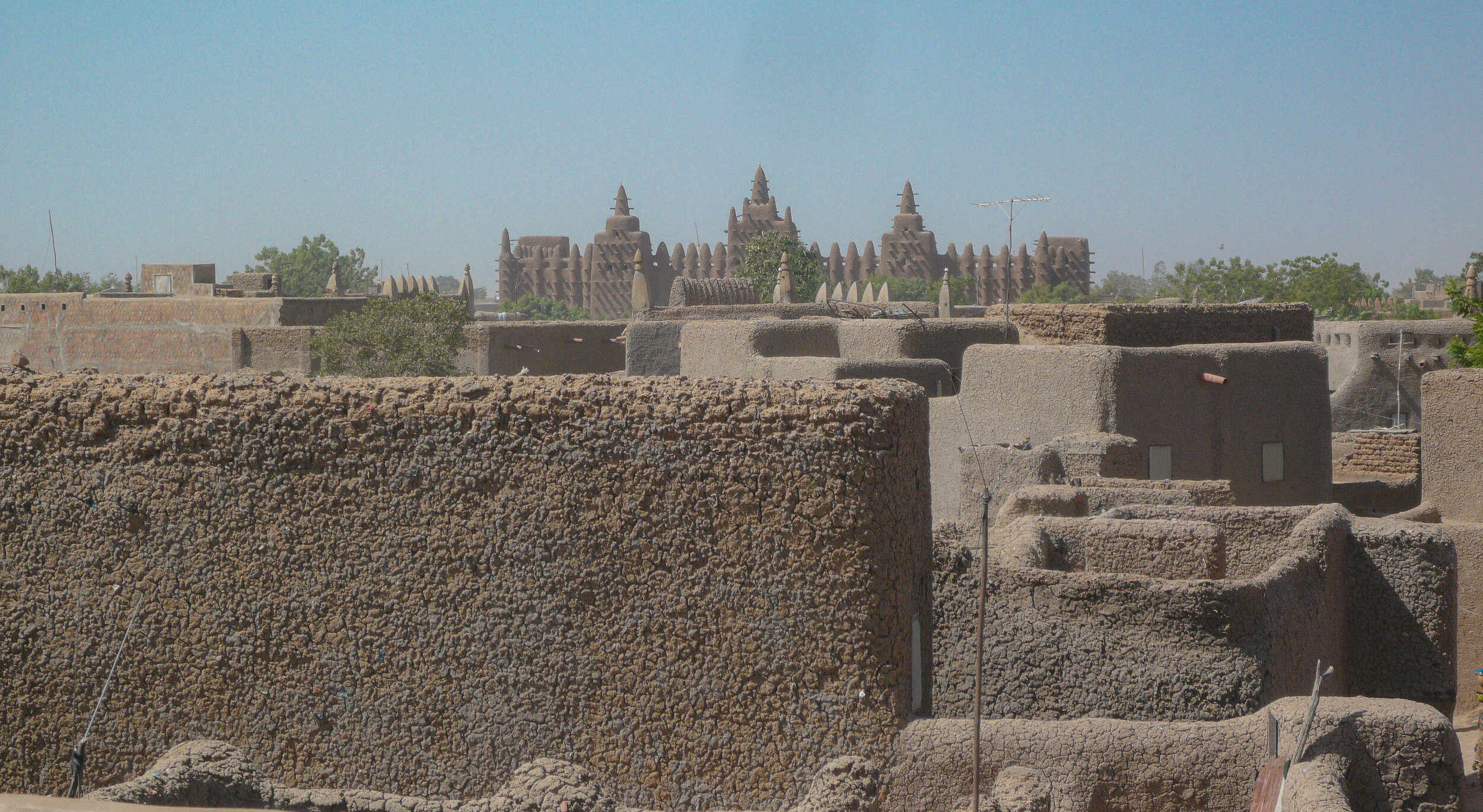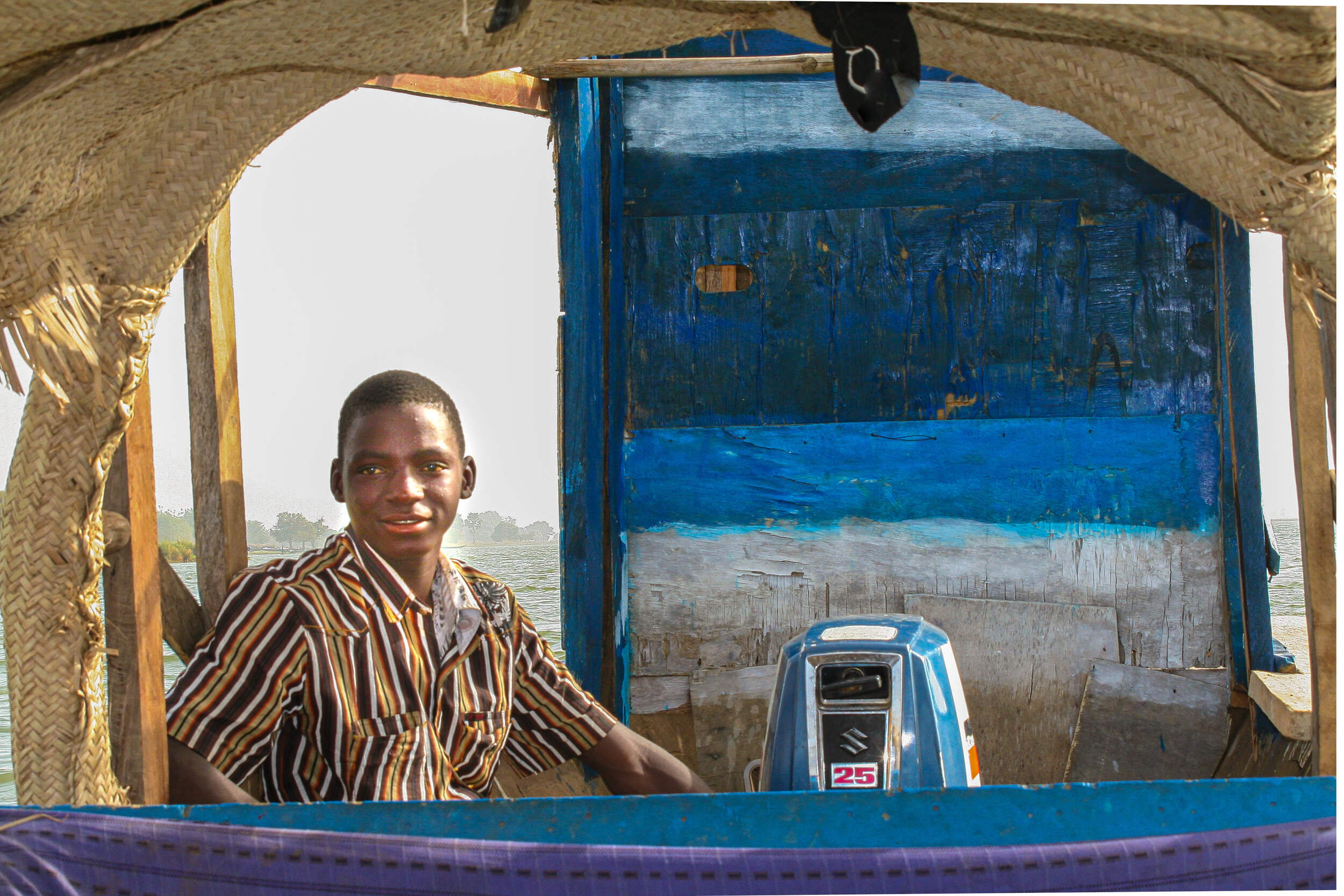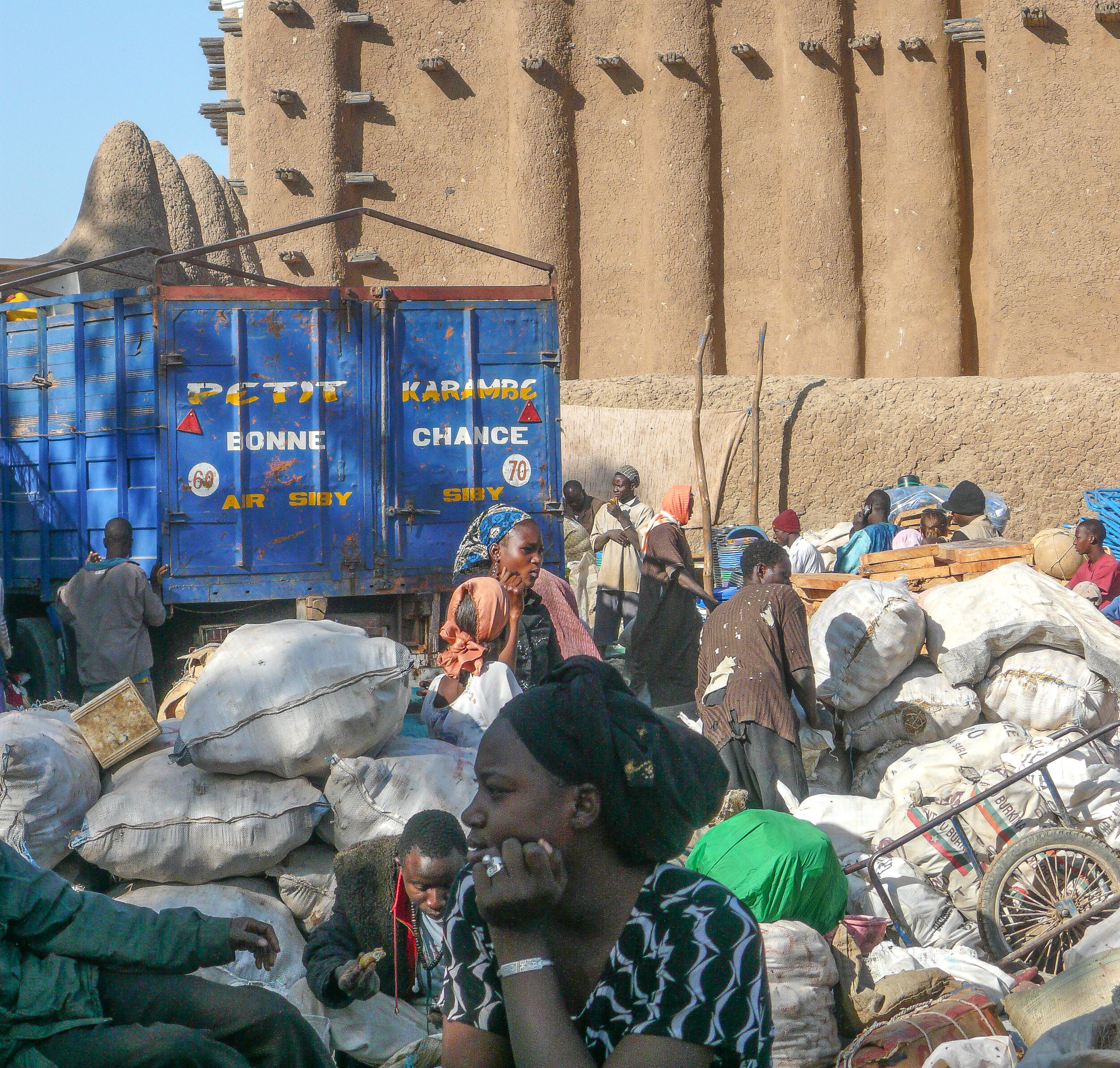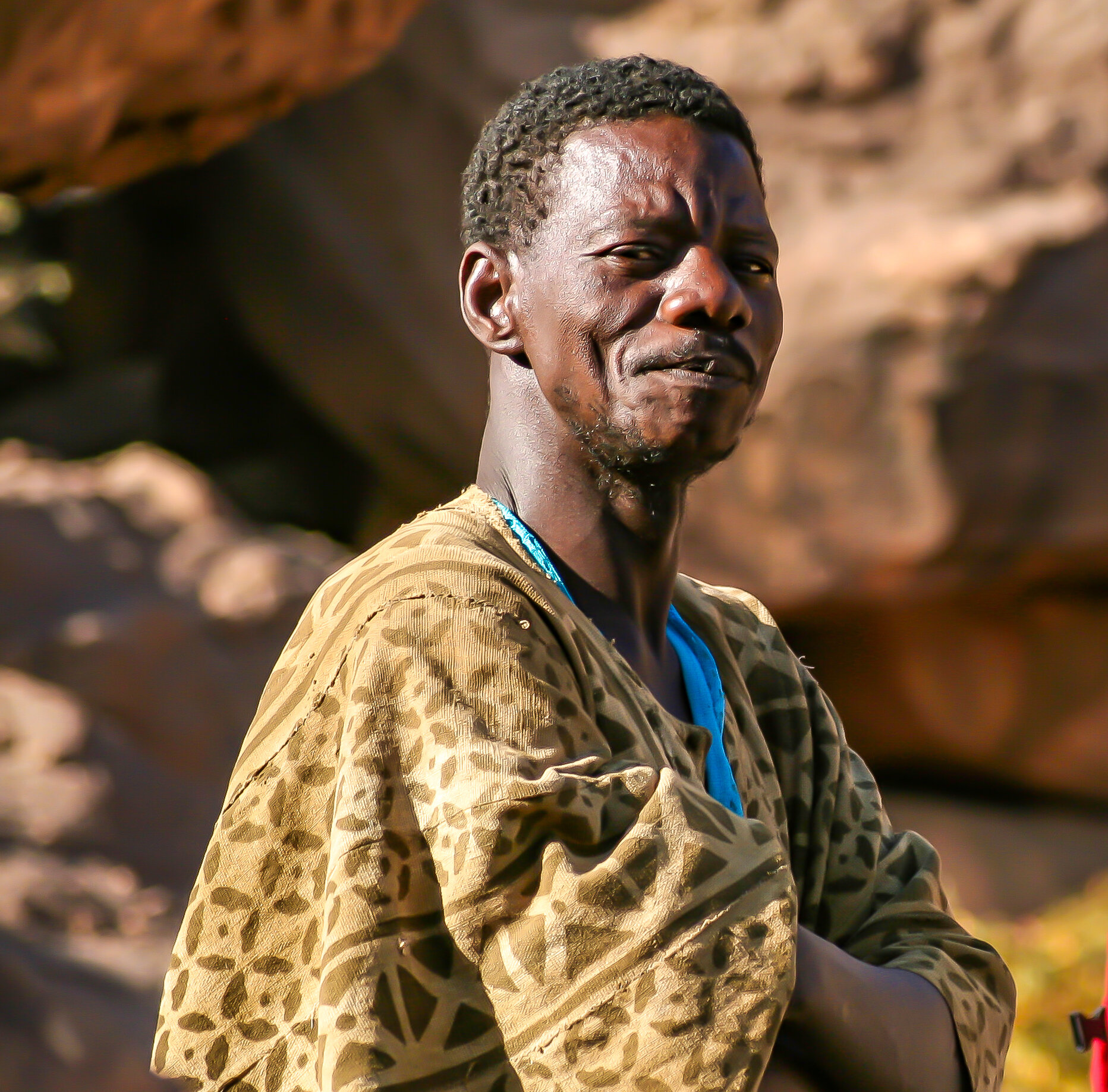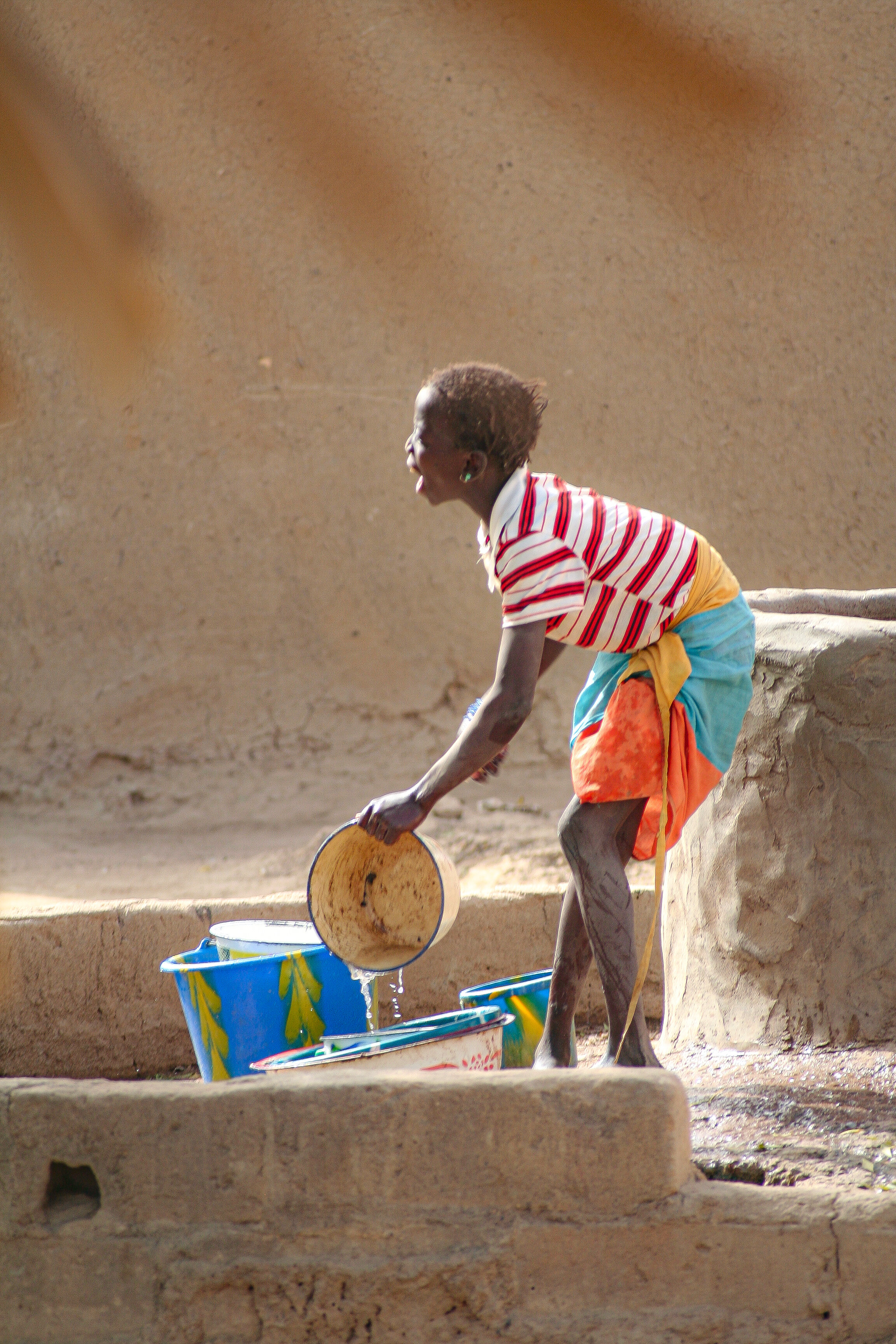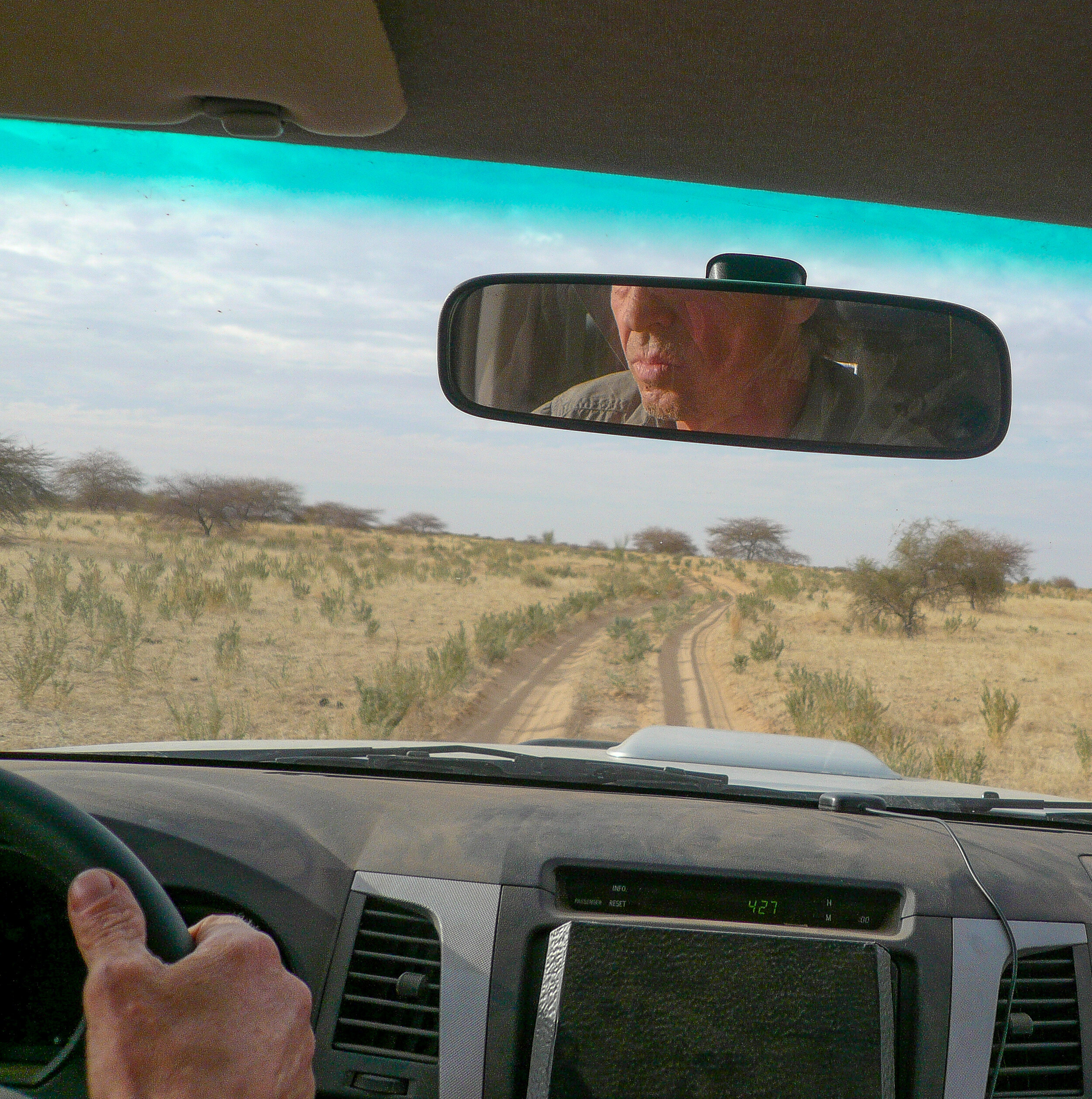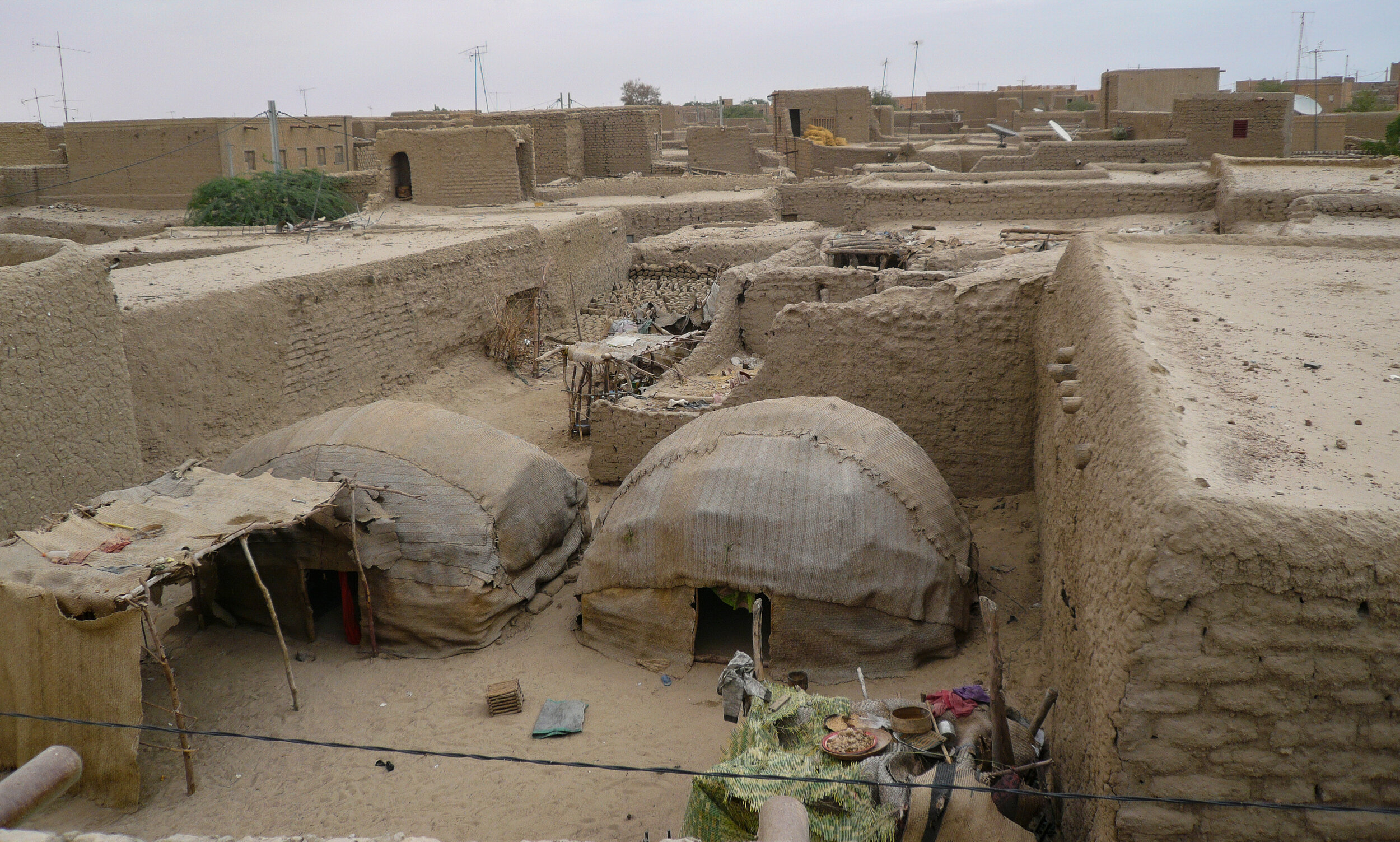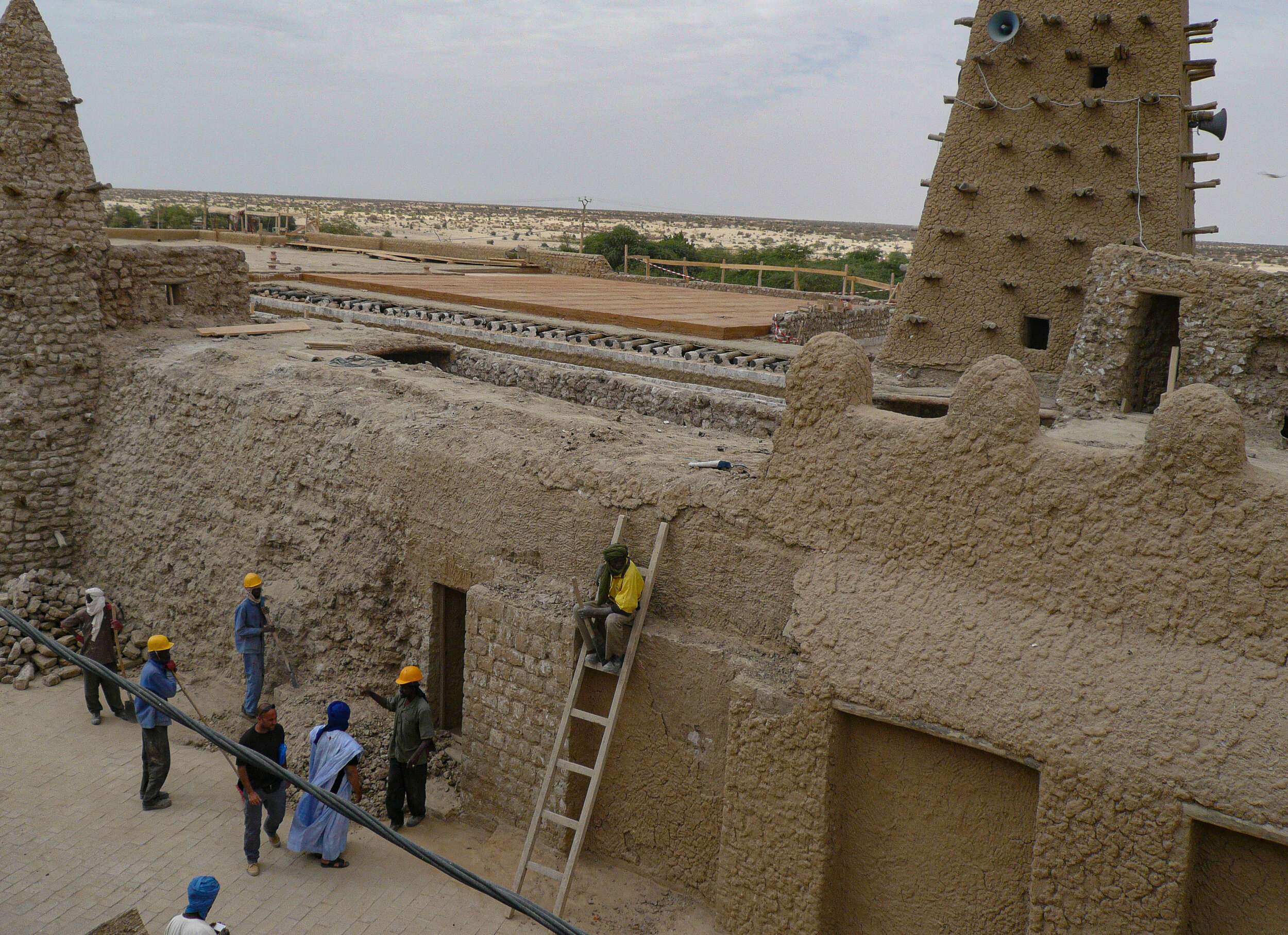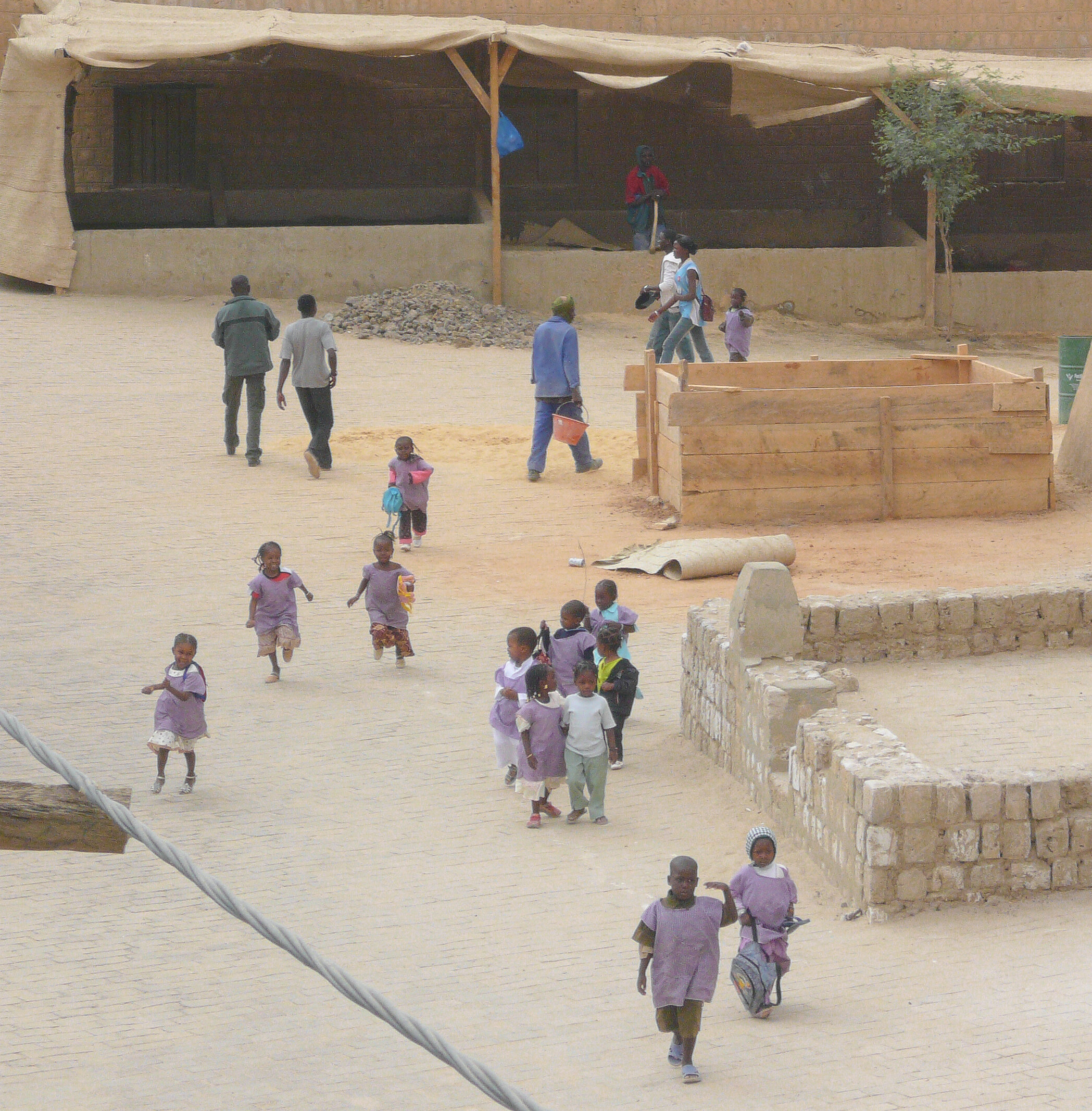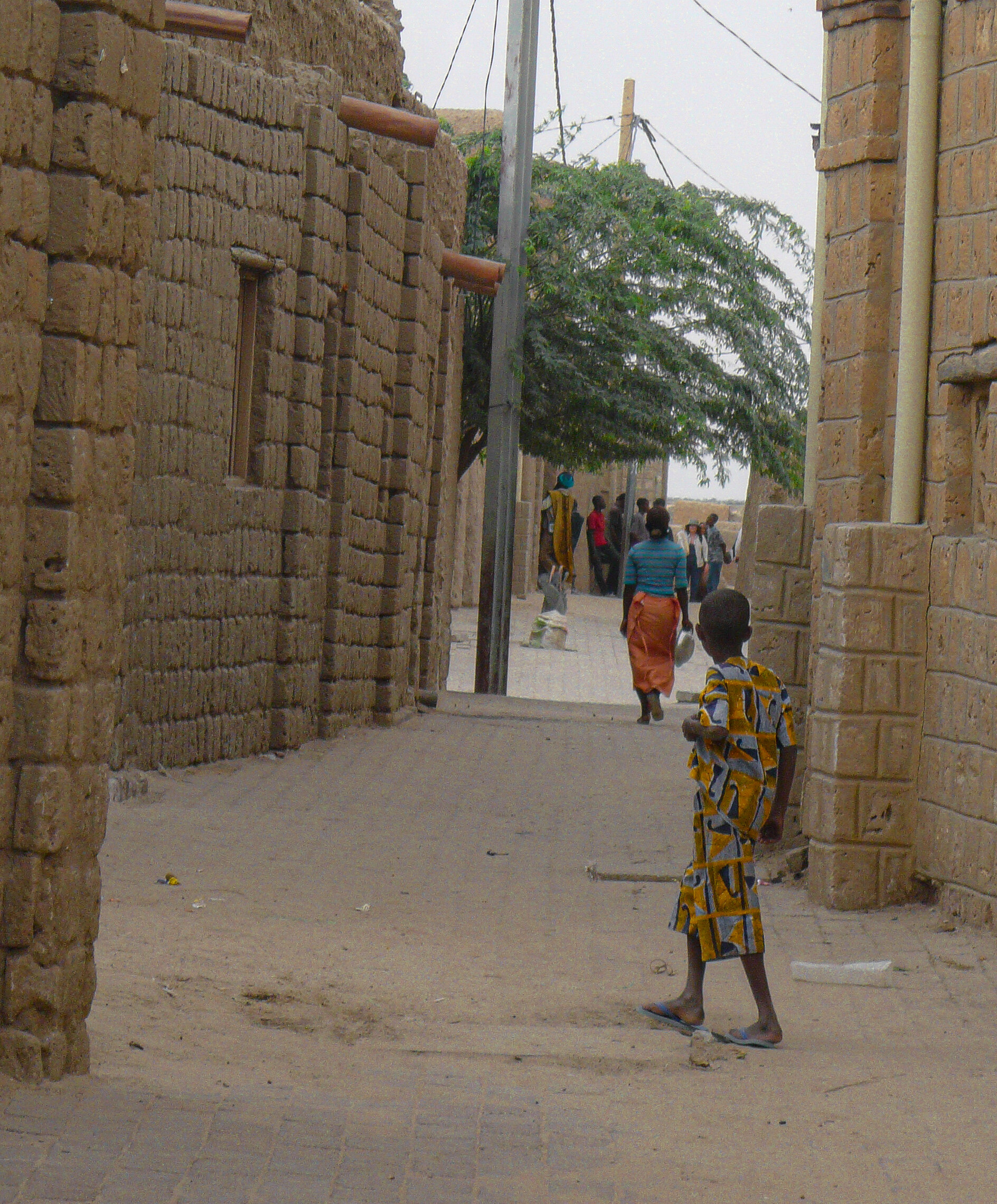CITY OF MYTHS, RIVER OF DREAMS
“FIND THE NIGER RIVER … AND IT WILL SURELY LEAD YOU TO THE CITY OF GOLD!”
Timbuktu has long held a curious allure. From the late eighteenth century, this mythical city lying beside the Niger River provoked a succession of outwardly sane men to abandon their families and the relative comforts of Europe, to board a sailing boat armed with little more than a compass and a loud frock-coat, to step ashore on the disease-ridden shores of West Africa and, in the company of an interpreter and a couple of asses, vanish into a menacing land. They were called explorers, or adventurers, or geographical missionaries, and they were feted as heroes, dead or alive. When the illusive Saharan city was eventually discovered, they found the gates hanging off their hinges, sand piling up in the alleyways, the buildings crumbling to dust, and the promised gold long gone. That was the cruel irony of their quest. And yet it bore legends.
Treasure trove; lost cities of gold; El Dorado - such dreams have sustained man’s wildest imaginings for hundreds of years. In North Africa, in 1324, an event of eye-popping magnitude shook Cairo. As the story spread across Europe it spawned a sense of wonderment that endured for almost five hundred years. When Mansa Musa, then the ruler of the Mali Empire, went on a pilgrimage to Mecca, his extensive caravan rested for three days in Cairo, a bustling, sophisticated city. Cairo’s citizens, in normal circumstances, would have paid little heed to this travelling caravan. Except Mansa Musa was different on two accounts: he came from an unknown land in the western reaches of the great Sahara desert, and his pockets simply bulged with gold. Very soon the Sultan of Cairo pandered to his visitor’s every whim. When it came time for the emperor and his entourage to move on to Mecca, they were lavished with the best horses, camels and provisions their host could provide. In return, Mansa Musa marked his appreciation with an orgy of generosity and acquisition, so plundering his coffers of gold that it took a generation for the value of the precious metal to recover in Cairo.
By the late eighteenth century the legend of Mansa Musa, as impressive as it was, was not the only historical account doing the rounds in London concerning the splendid fortune to be had beyond the Great Desert. Such tales of riches and commerce only hastened Britain’s eagerness to form greater ties with the rich kingdoms of this wonderous African world, ahead of their European rivals. However, before all that could happen there was a considerable problem to overcome: they had to find that fabled City of Gold.
The African Association, formed in London during 1788, brought together an influential group of aristocrats and politicians, industrialists and soldiers, adventurers and explorers. Though their interests varied widely, they were bound by a craving for knowledge and riches, and a longing to corroborate the tales of this African city rumoured to be paved in gold. This was the age of Enlightenment and whilst remarkably detailed images of the moon had been studied and digested, the Arctic Regions clambered over and stamped upon, and Australia pawed and analysed, no accurate maps existed of Africa much beyond the coastline. What the Association could lay its hands on - James Rennell’s interpretation of Herodotus’s elucidations - presented swathes of blank paper, accompanied by drawings of mythical beasts. Into this perilous world, the members of the Association prepared to dispatch men willing to risk all for recognition and glory. They were spoken of as the most … “intrepid characters, seemingly inaccessible to fear, and with an easy flow of constitutional good humour.” And they would need all of that and more for where they were going. Indeed, before his departure for Africa in 1795, Mungo Park wrote to his brother, “It is a short expedition and will give me opportunity of distinguishing myself.” How blind he was to the challenges awaiting him.
We arrived in the Gambia some 215 years after Mungo Park had first leapt ashore at Jillifree, to begin his quest to uncover the course, rise and termination of the Niger River and, along the way, using his “utmost exertions” to visit the principal towns, including of course Timbuktu. Whereas Mungo had sailed from Portsmouth on the brig Endeavour, we’d driven our Toyota Hilux the length of Europe, crossed the sea between the Pillars of Hercules, endured the long straight roads of the Western Sahara and Mauritania, finally rolling up dusty and parched at the border of Senegal. After a brief respite, from the shores of the Gambia River we turned our wheels east, much of the way in the footsteps of Park, on our own quest to uncover the mysteries of Timbuktu.
In the intervening years, I could only hope West Africa had become a little more hospitable than had been the case for those pioneering explorers. In all my research, no matter where I turned, the reading was equally grim - Daniel Houghton: murdered as he begged water from a well at Simbing; Mungo Park: overcome by paranoia and slaughtered at the Bussa rapids; Gordon Laing: strangled and beheaded outside Timbuktu; Richard Lander: sent temporarily insane and forced to consume a calabash of bubbling poison. Even the pioneering aviator, Antoine Saint-Exupery, had to save his pilots from being pegged out in the desert by hostile bedouin tribes. Not even a quick read of Conrad’s Heart of Darkness allayed those pre-travel nerves. In Conrad’s story, the protagonist Marlow must visit the company doctor prior to his departure for the Congo. The doctor sets about measuring his skill with a calliper, telling him that whenever he is permitted, he measures the crania of those heading to Africa, even though he suggests “… of course, the changes take place on the inside …”
“And when they return,” Marlow questions, “what then?”
“Oh, I never see them again.” The doctor tells him. He regards Marlow with a level of curiosity, telling him his pulse is good, “… good for out there …” and goes on to enquire if there is any history of madness in his family.
Christmas Eve in Bamako felt strange; the heat and the dust, the calls of the muezzin echoing over the city. It was disorientating. Some places, the odd cafe, restaurant, and shop, displayed tinsel and garish-coloured balls. In Bamako Santa Claus kept appearing in the guise of an inflatable doll. Wherever we wandered he appeared with an extraordinary regularity. At Square Lumumba, and along Rue Mohamed V, he came in tethered batches; they bobbed above plantations of plastic trees.
That evening, by the time the manager and his girlfriend served Christmas Eve dinner, just about all of us had lost the will to go on. The manager, however, was in glorious flow. Springing from an exotic mélé de fumée, he juggled plates with an adroit skill and a ceaseless banter, stuttering and crackling like a Maxim gun on the frontline, its barrels zealously cooled with a blend of Castel beer and cheap Bordeaux plonk.
About thirty guests sat round a long table, most of us withered by hunger and an over-indulgence of complimentary demi-sec champagne. We should have been having fun, except the timing in the kitchen had quite literally gone to pot. A group at the far end fooled around and told jokes. They were like a brass band playing on the deck of a sinking ship - but nobody was in the mood to man the pumps. Nothing but a state of self-induced oblivion was going to save the SS Christmas Eve from slipping beneath the waves. Amongst all of us, only the manager seemed to have grasped that. A lanky guy kept clambering to his feet, displaying a curious blend of seasonal cheer and insanity. The response was as tepid as the beer. JP wanted to knock him over the head and have done with it. Forget it, I said - perhaps the guy had been on the road too long. I poured JP another glass of plonk and we talked of nights back in the bush. This is all bullshit, he said. Sure, it was.
The next morning, while packing the Hilux with our purchased goods, a Russian-made Hind helicopter gunship loomed over the minarets and thundered up Avenue De L’Unite African, wrapping us in its downdraft. At Nampala, five hundred kilometres to the north of us, the Tuareg rebel leader Ibrahim ag Bahanga had led a dawn raid against a military outpost. There had been four hours of intense fighting and a number of fatalities. The newspapers claimed elements high up in the military were responsible for the rebel leader remaining at large. In the most recent Tuareg uprising in Mali, between 2007 and 2009, Ibrahim ag Bahanga had refused to take part in the peace agreement signed with the government by his fellow Tuareg. He formed a splinter group in late 2007, the North Mali Tuareg Alliance for Change and, with a group of fighters, vowed to continue the conflict.
As we ventured deeper into Mali, it was yet another reminder for us that all was not well in this country.
You can read about our journey to Timbuktu and beyond in CITY OF MYTHS, RIVER OF DREAMS - Overland From the Barbary Coast To The Gulf of Guinea. More information can be found in the Books Page.


